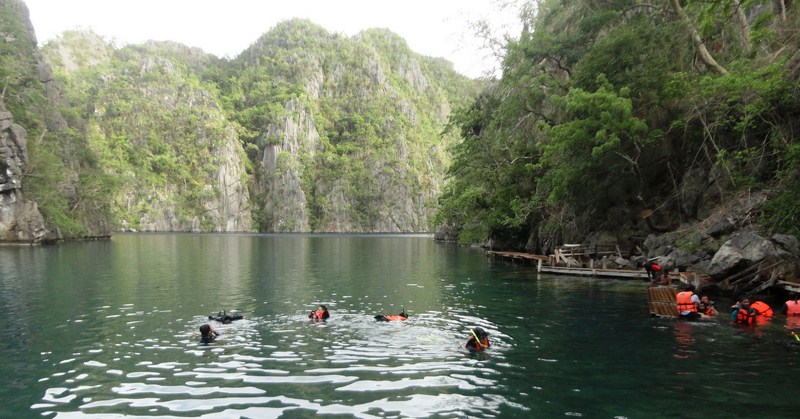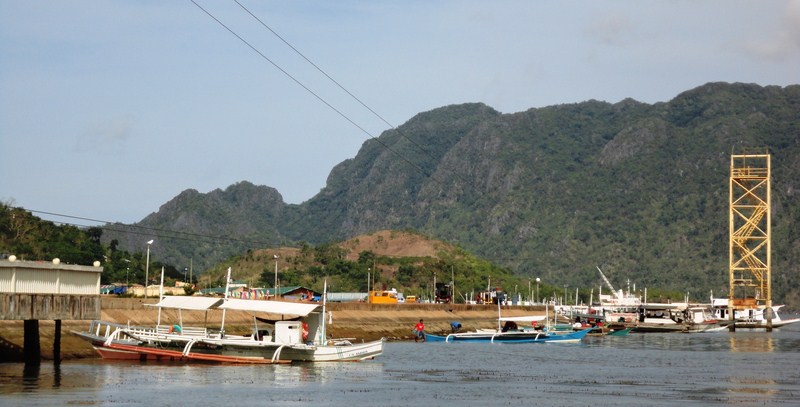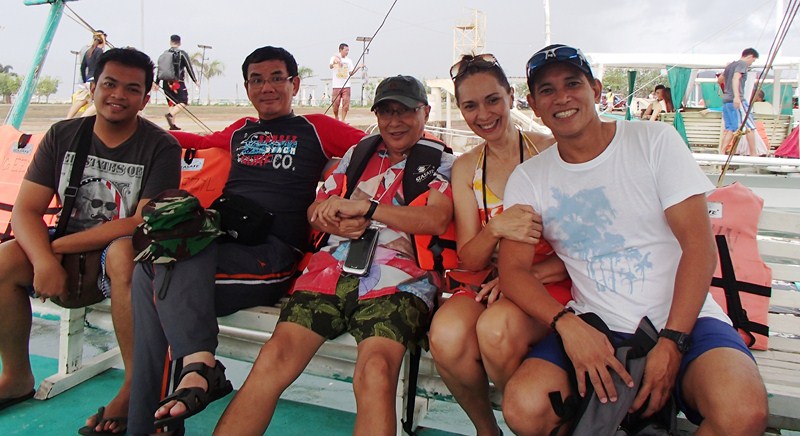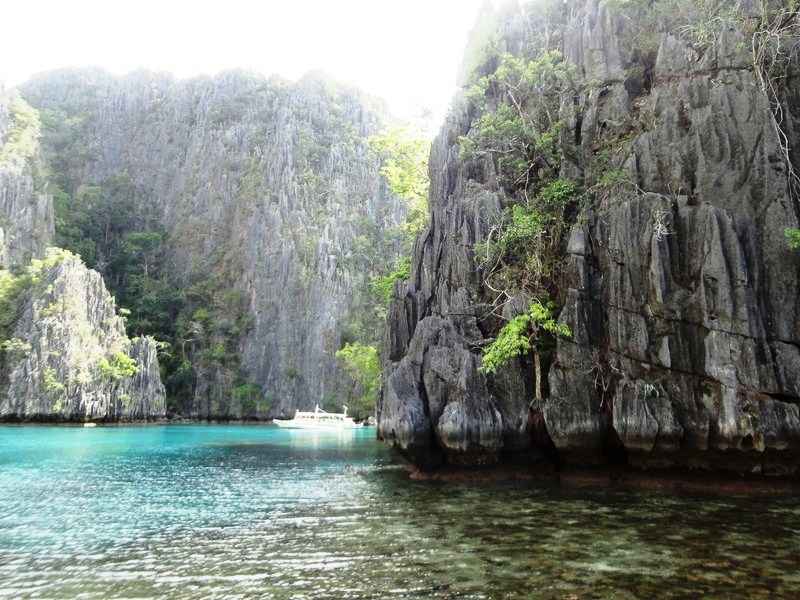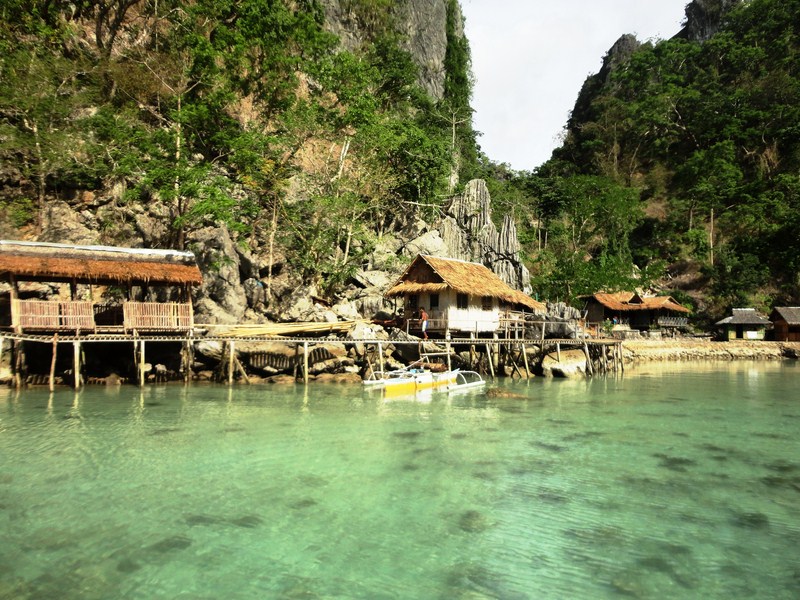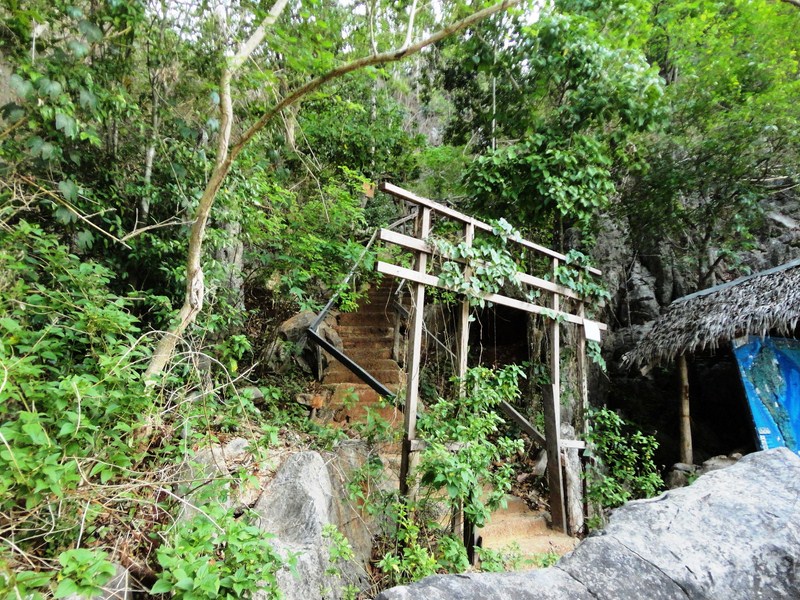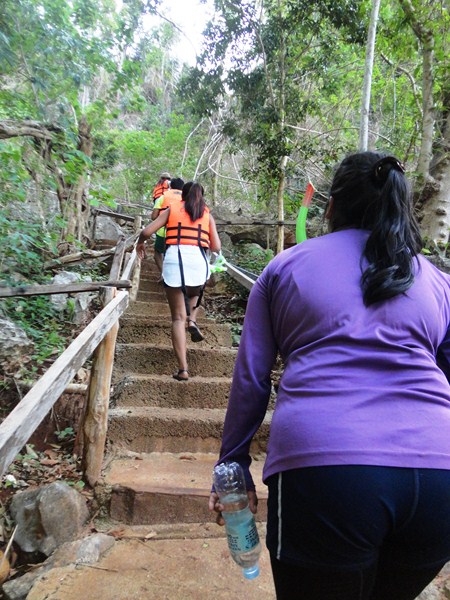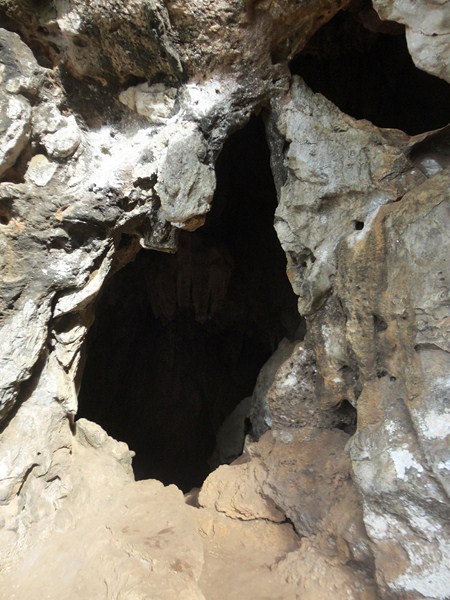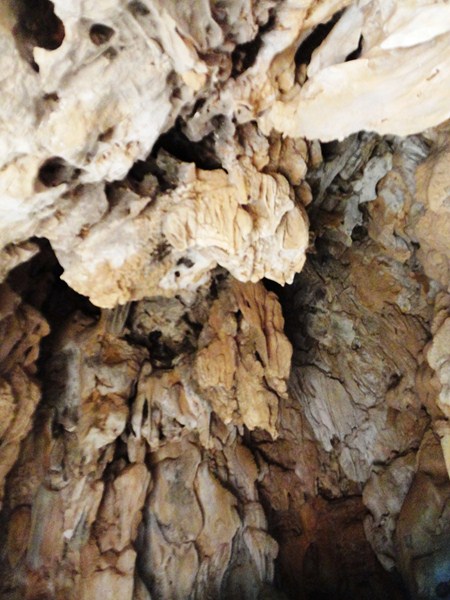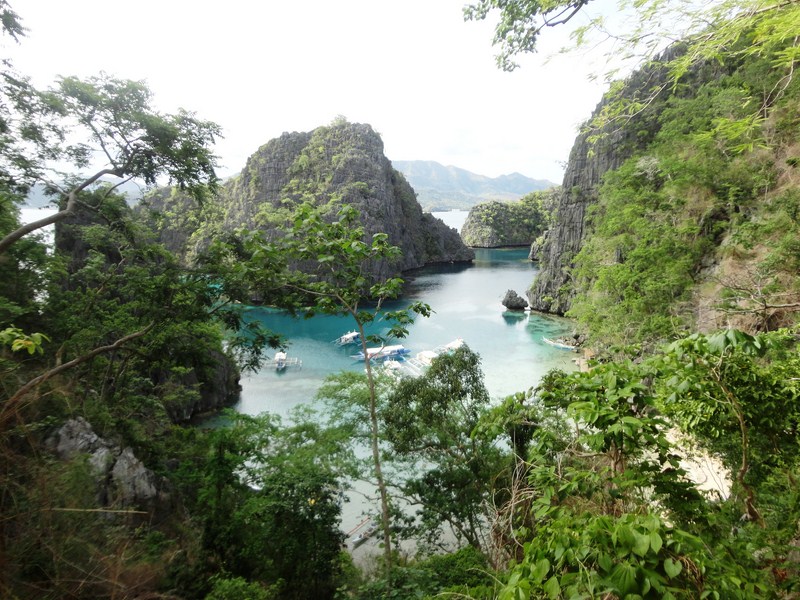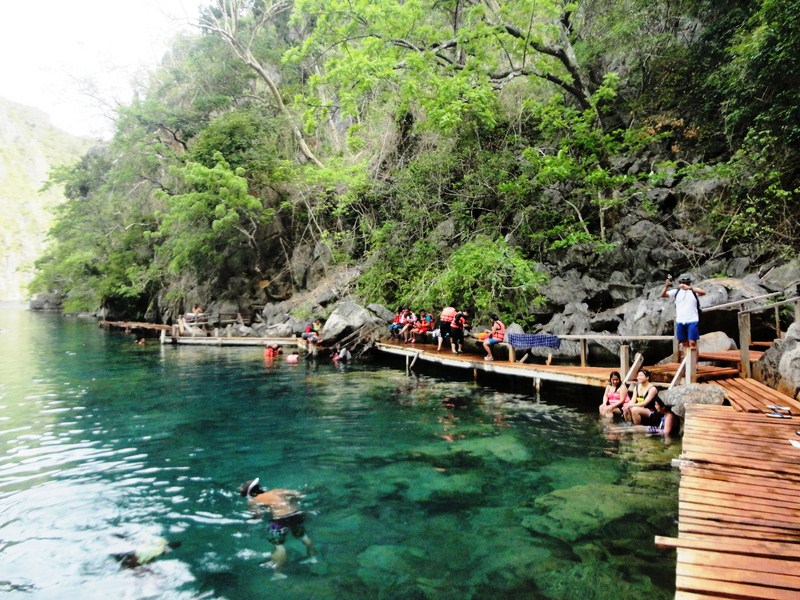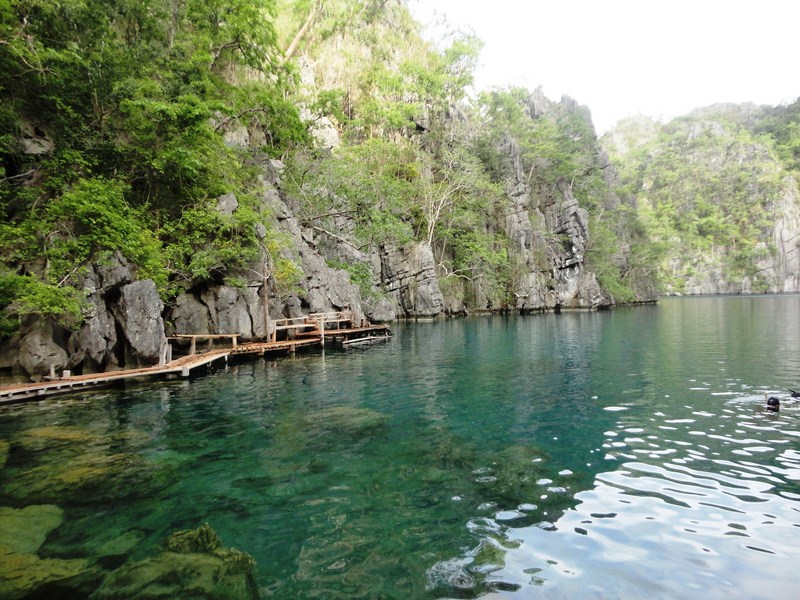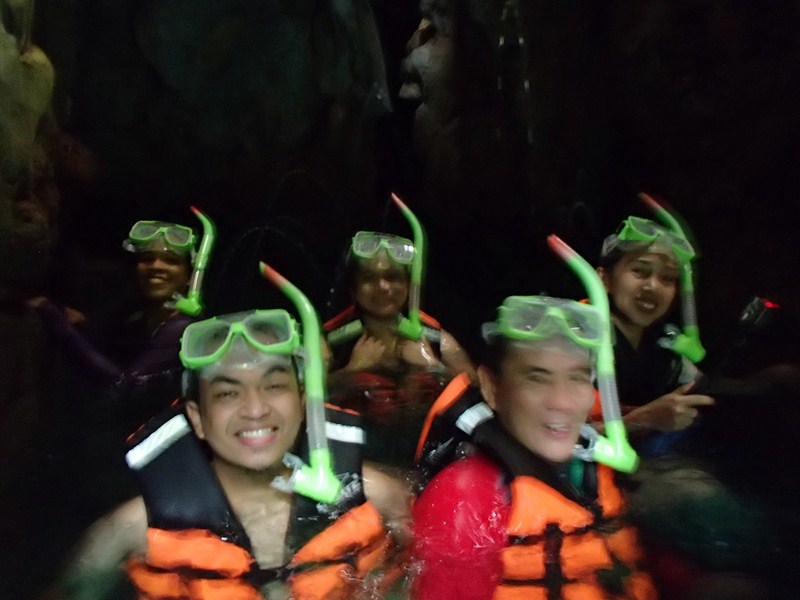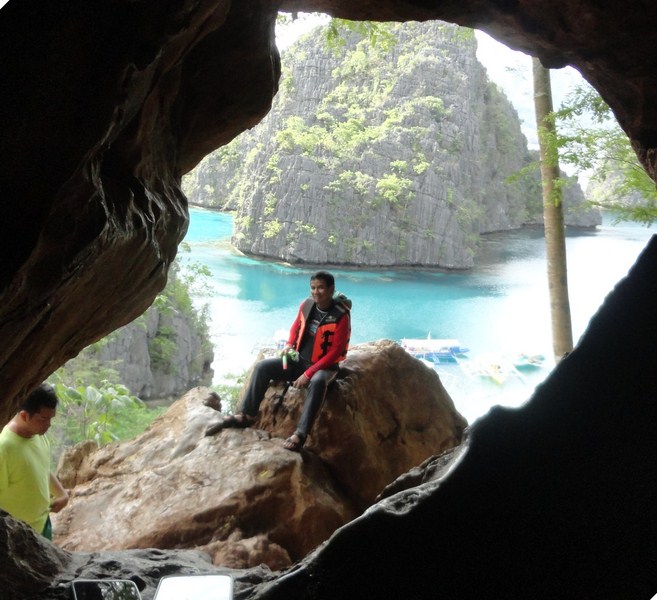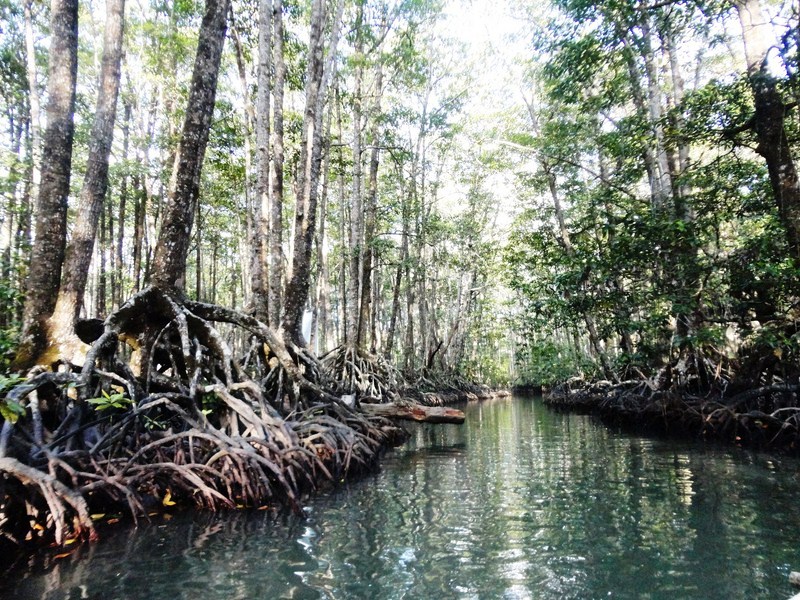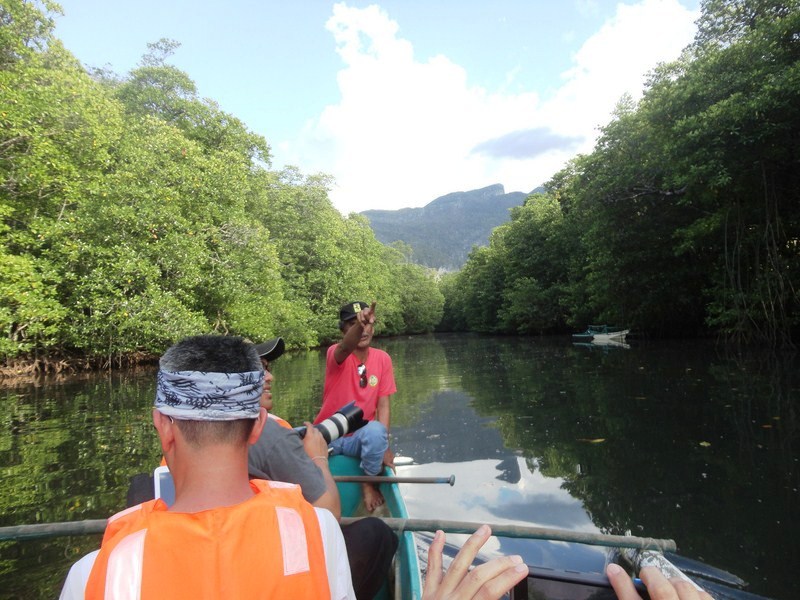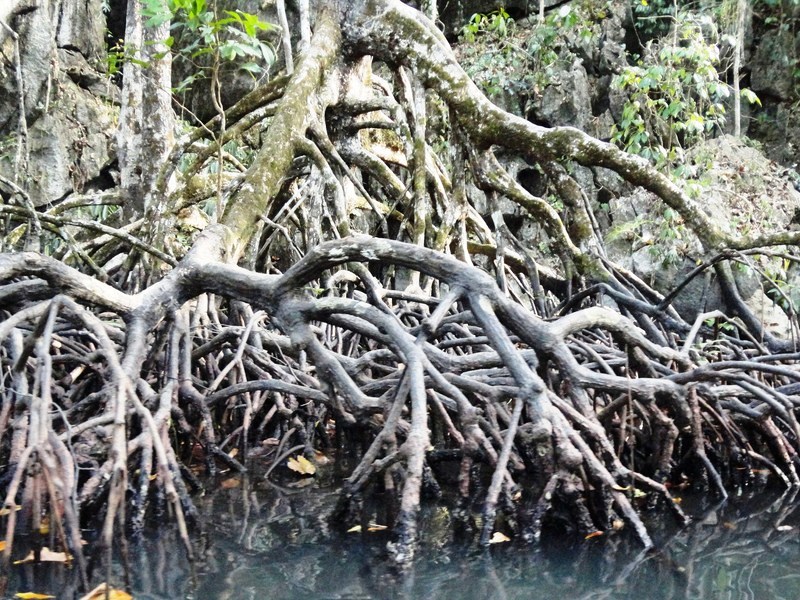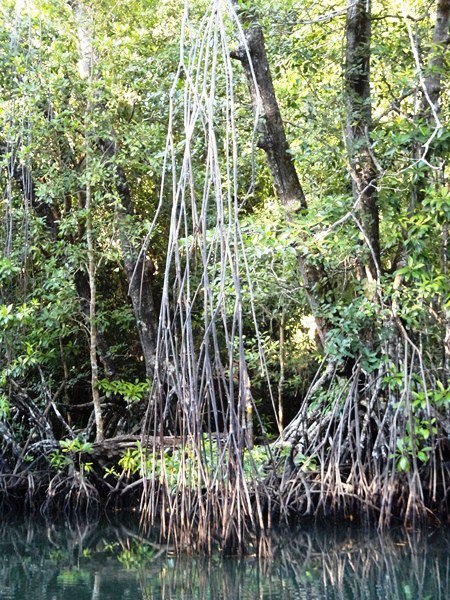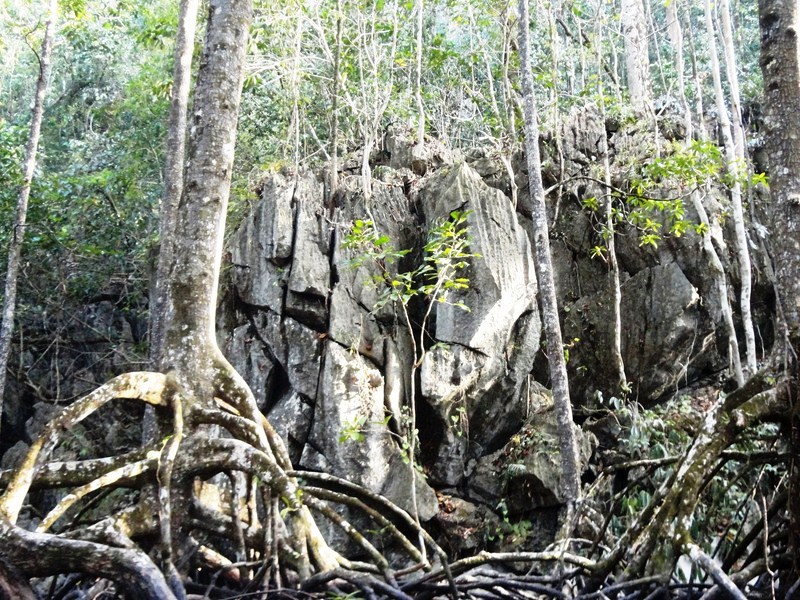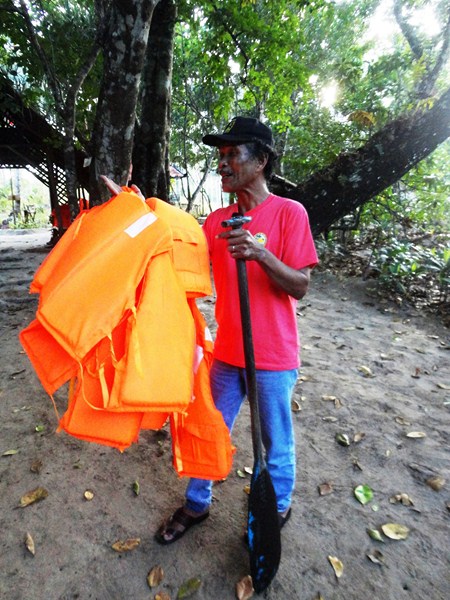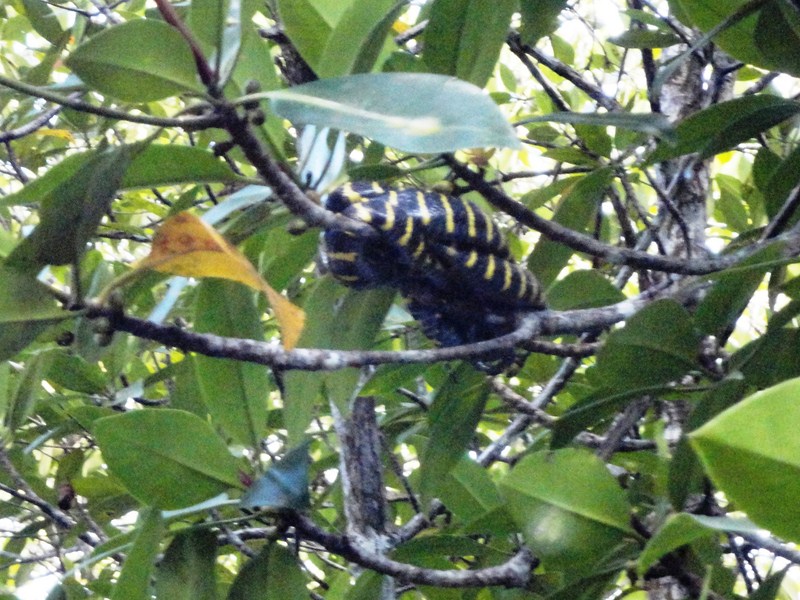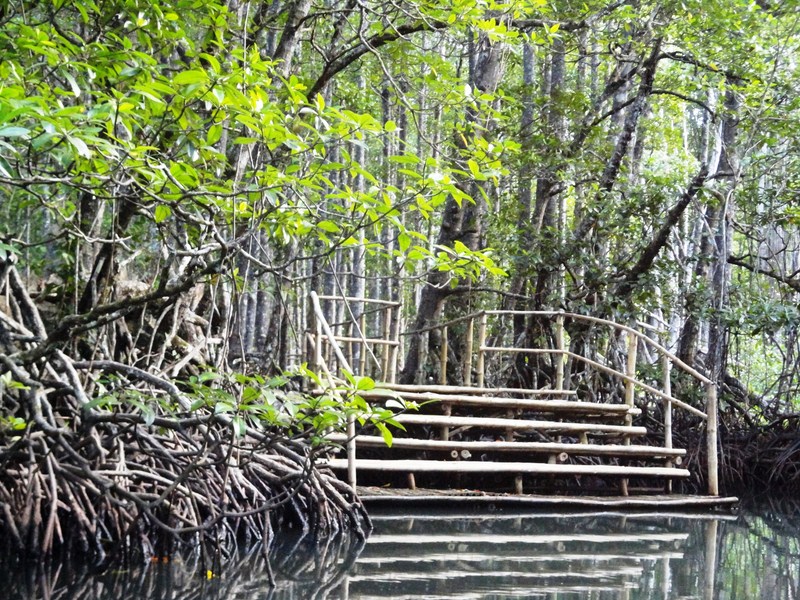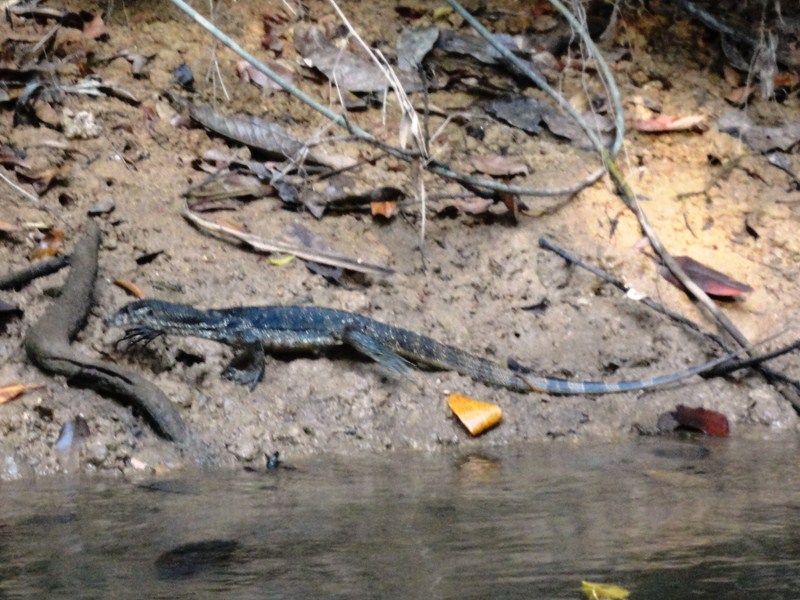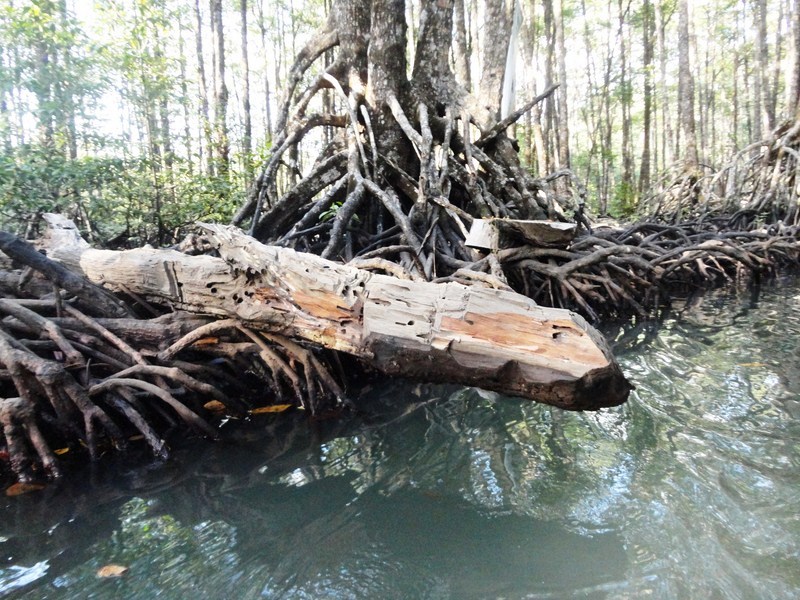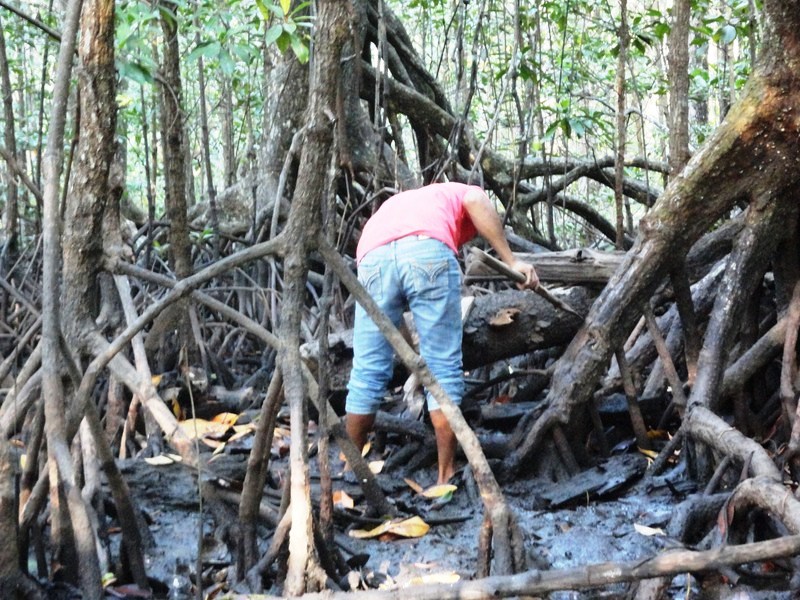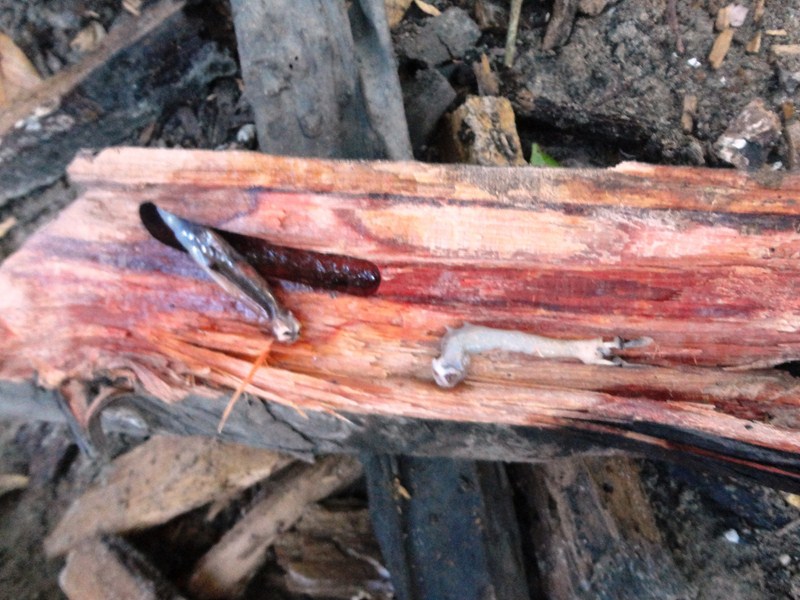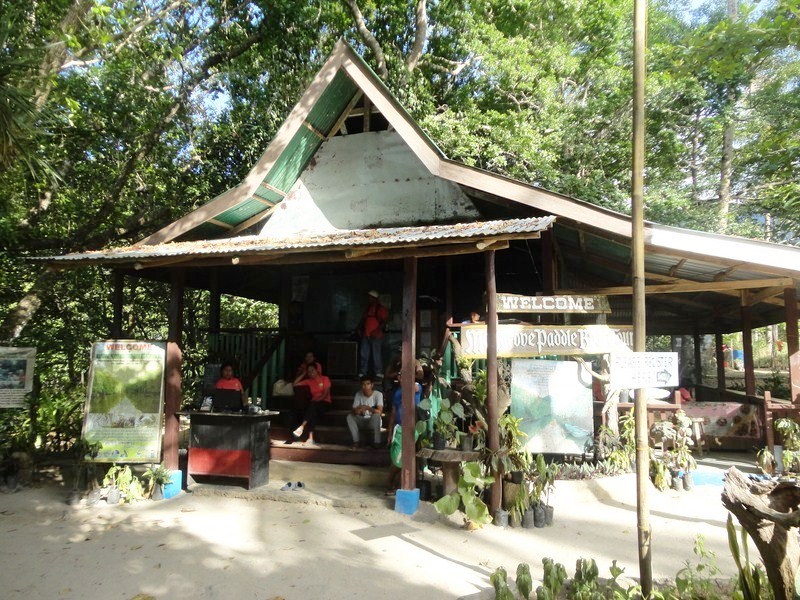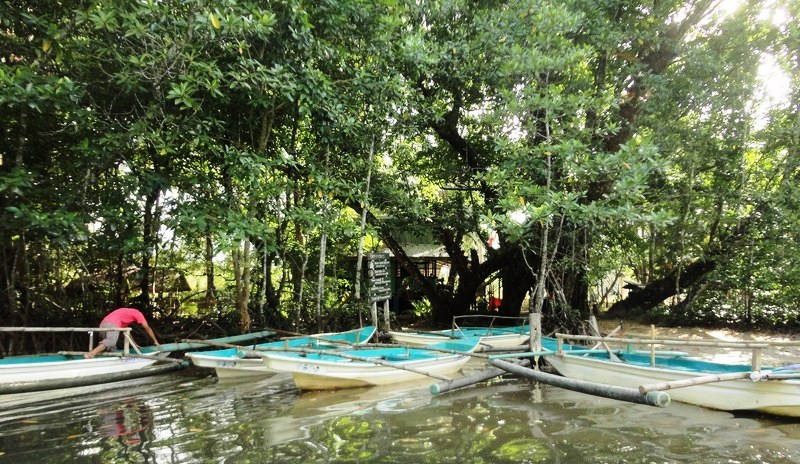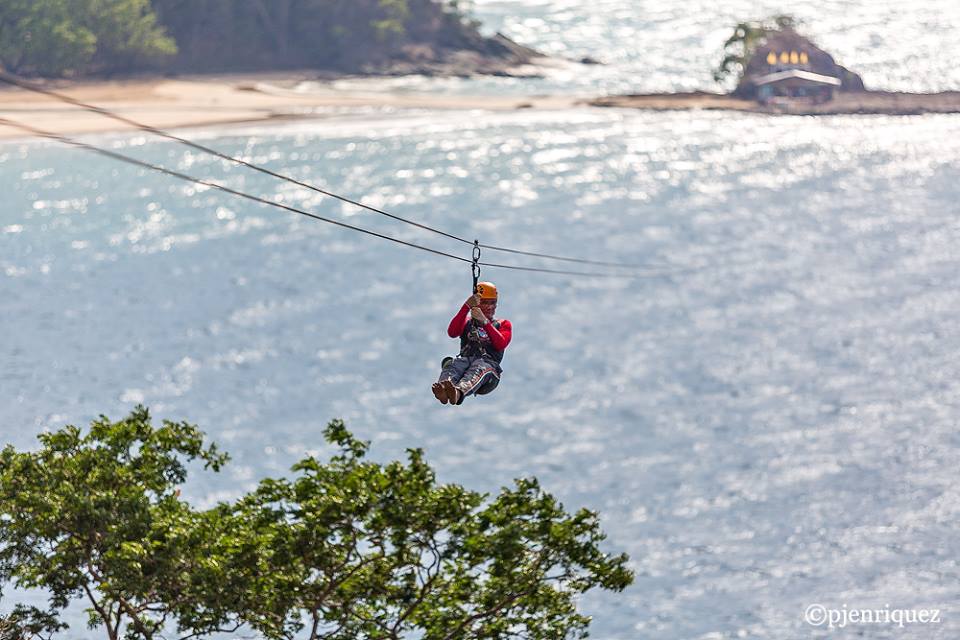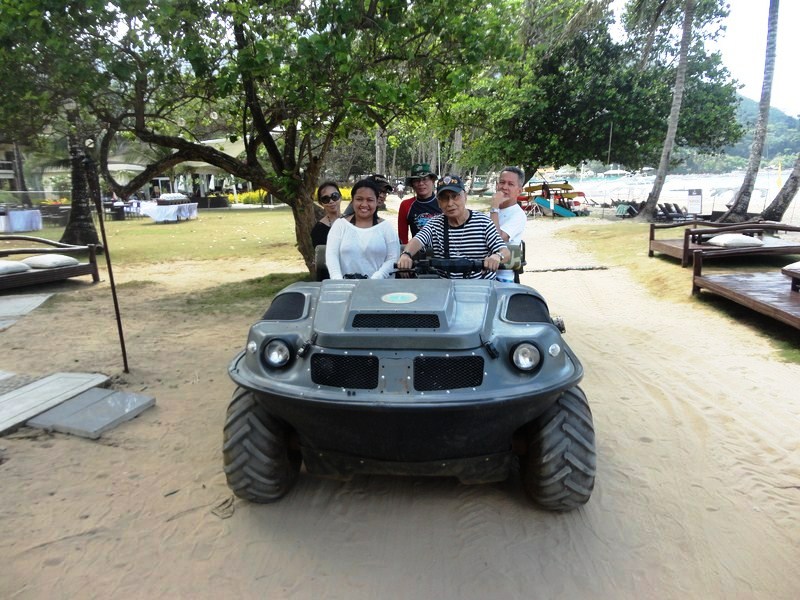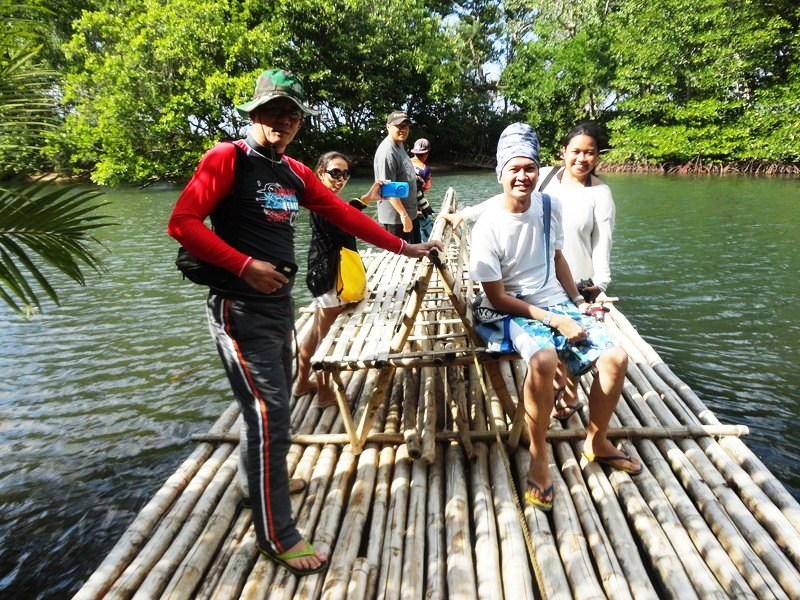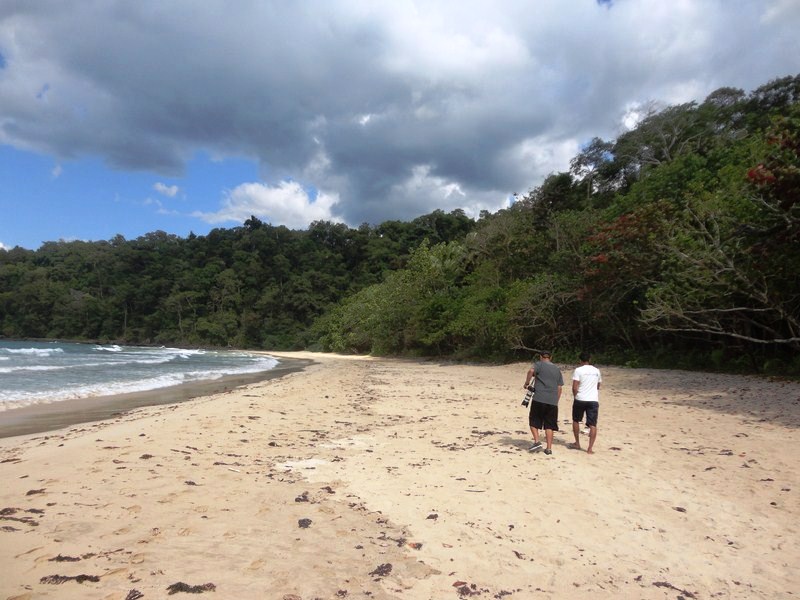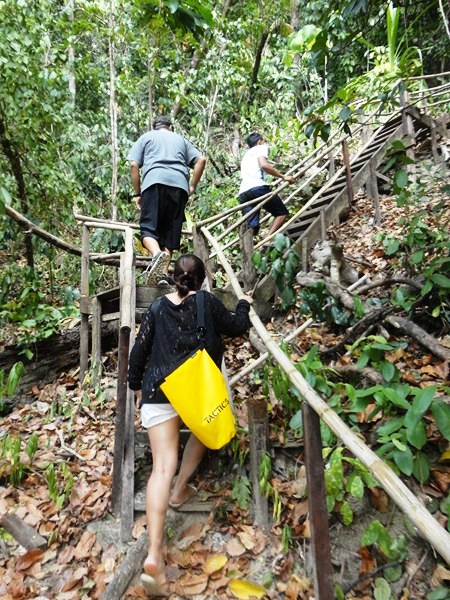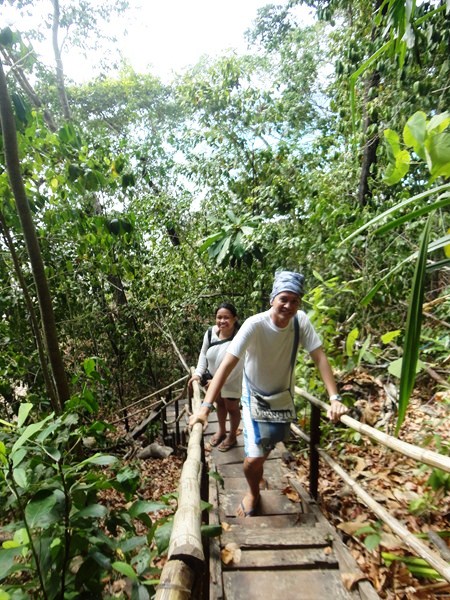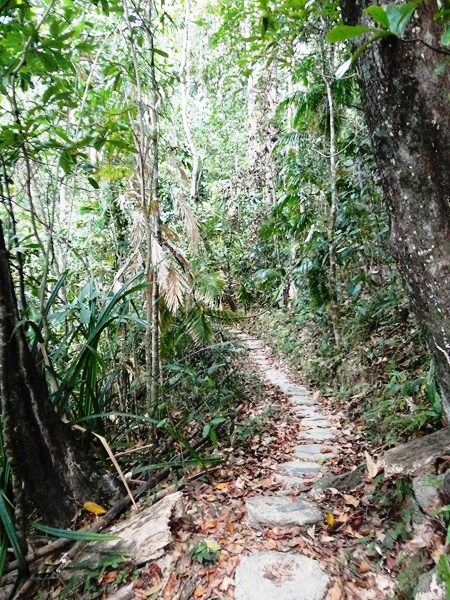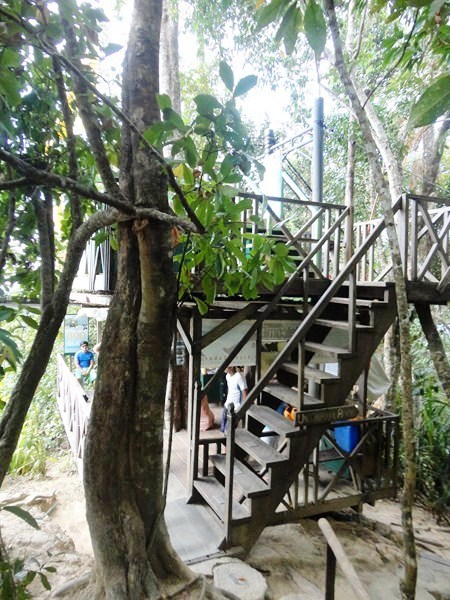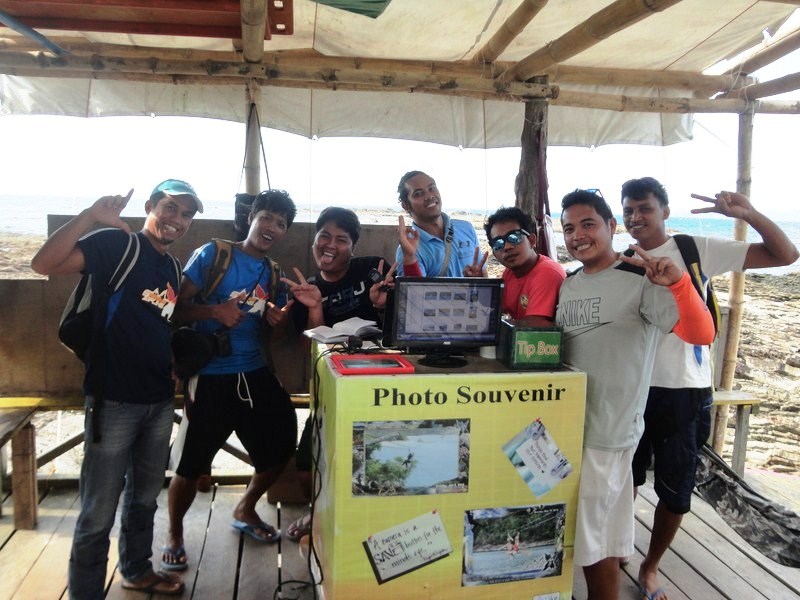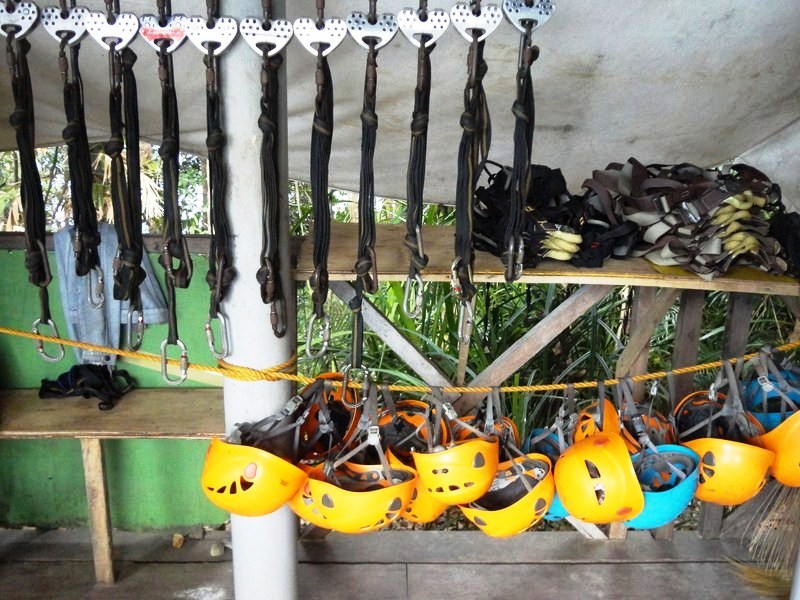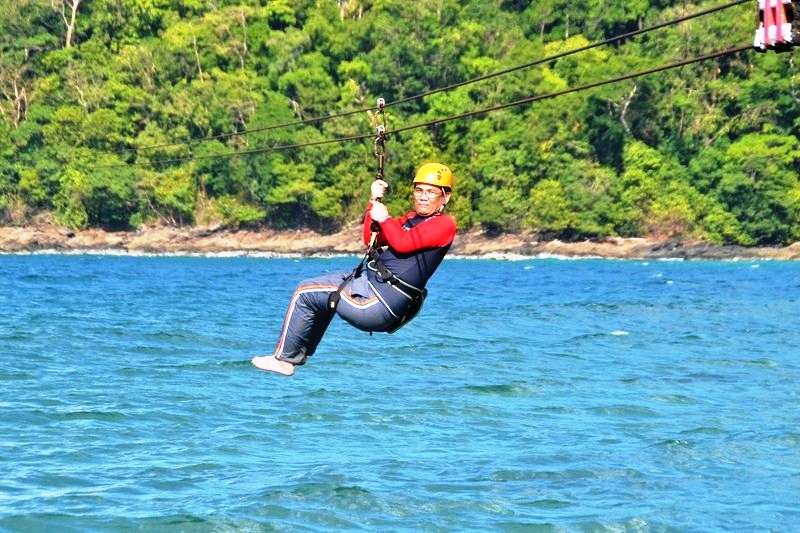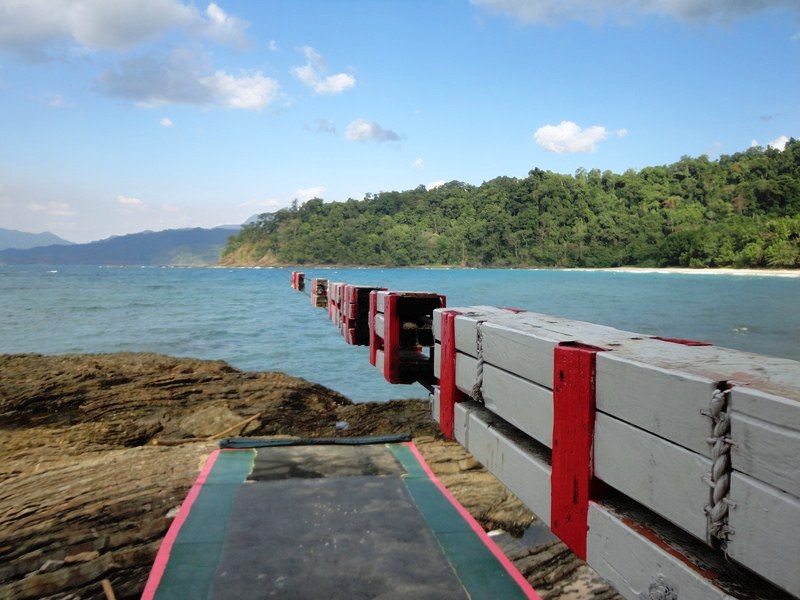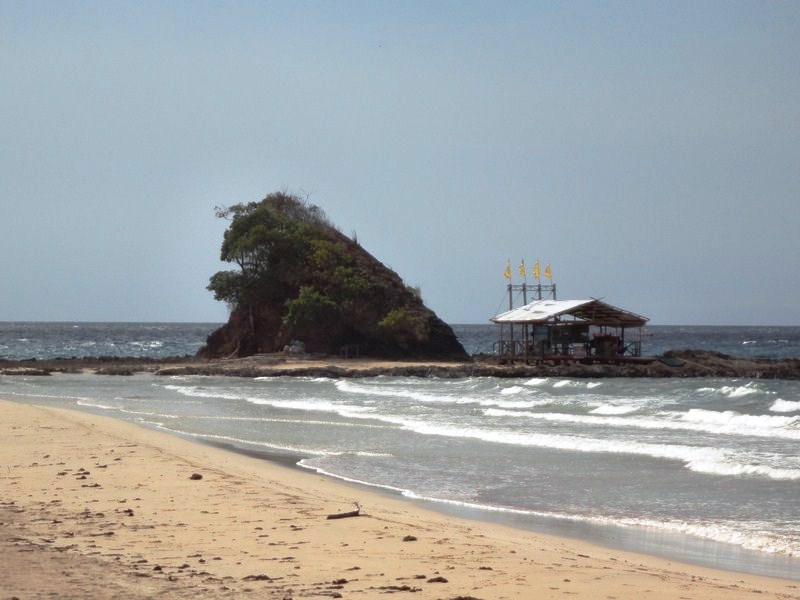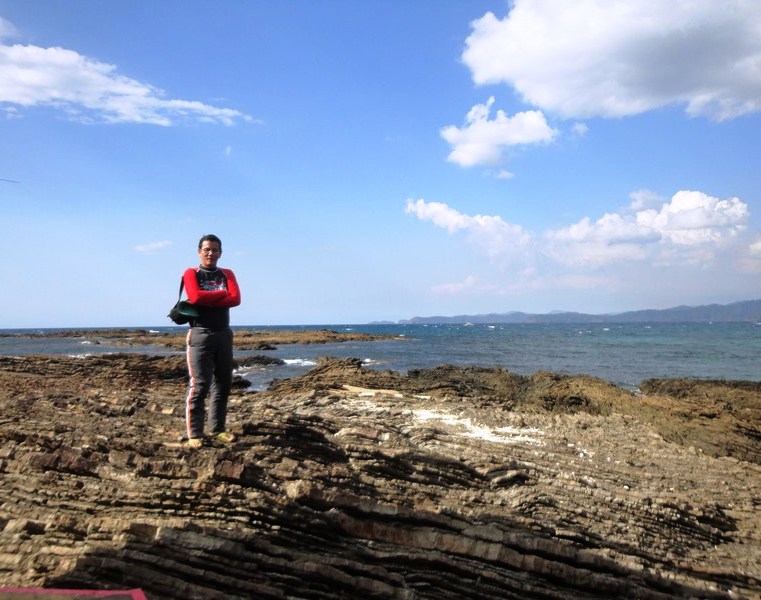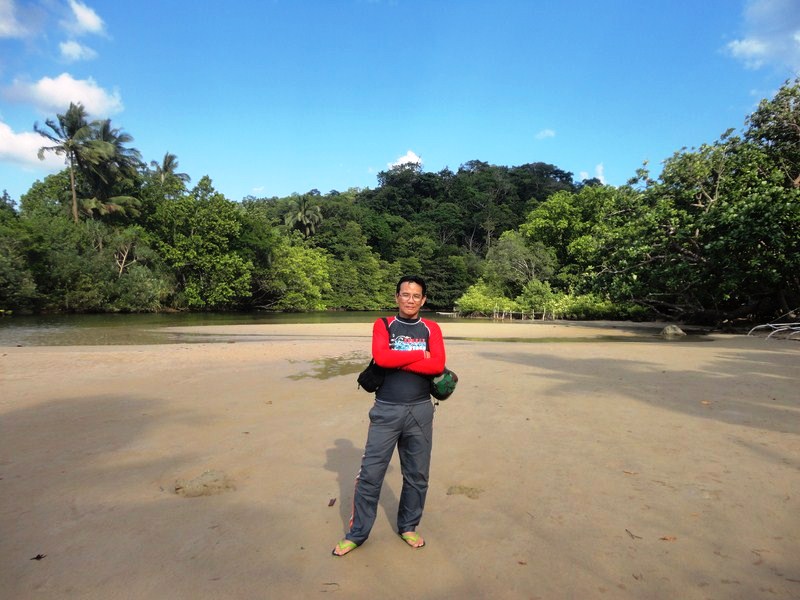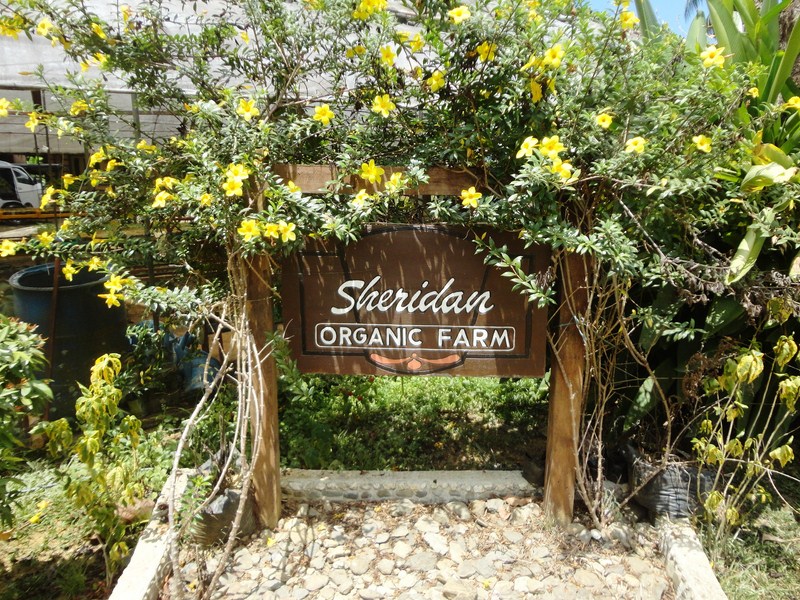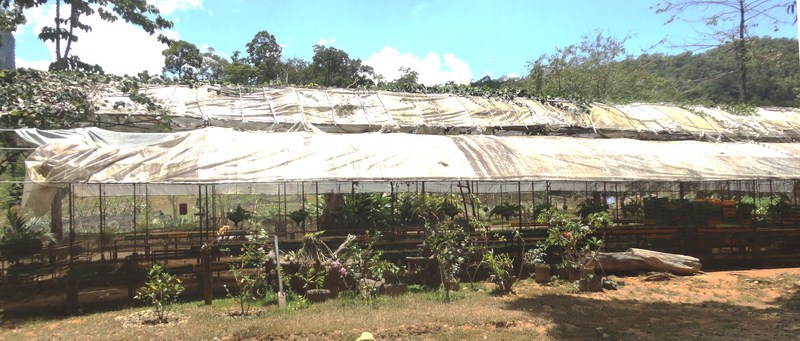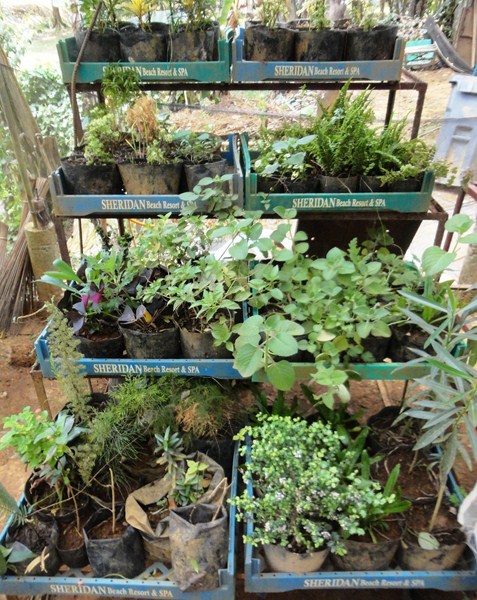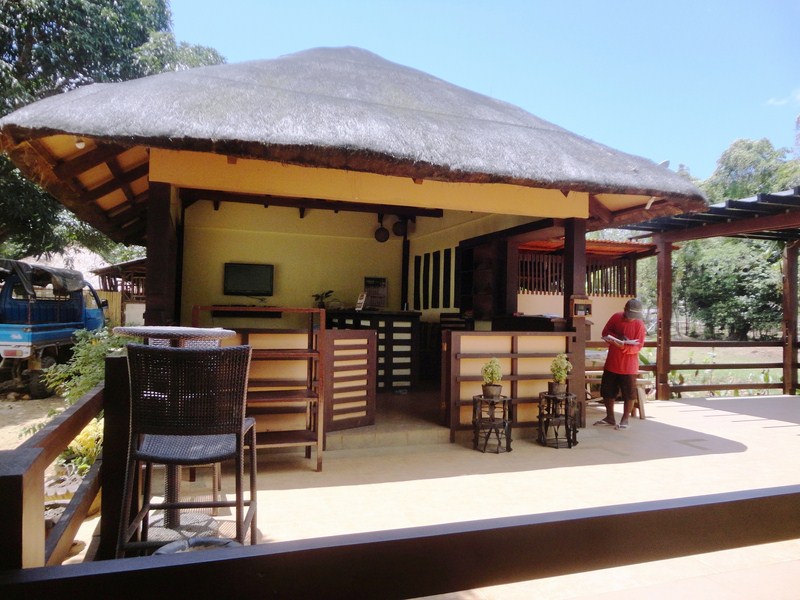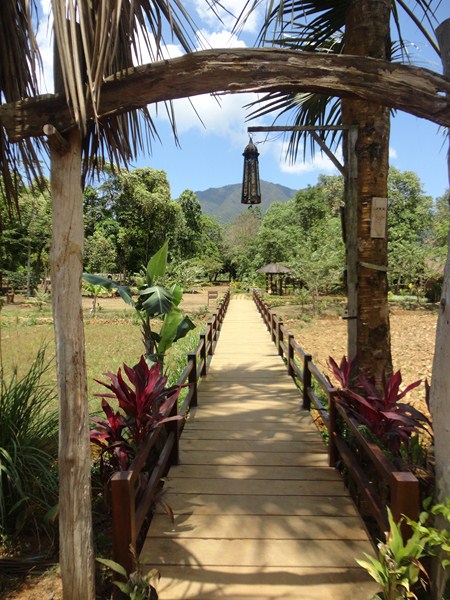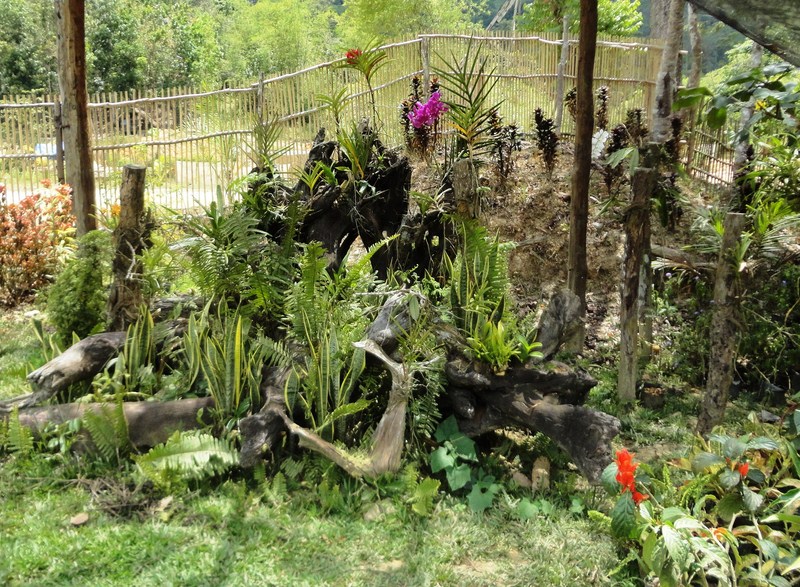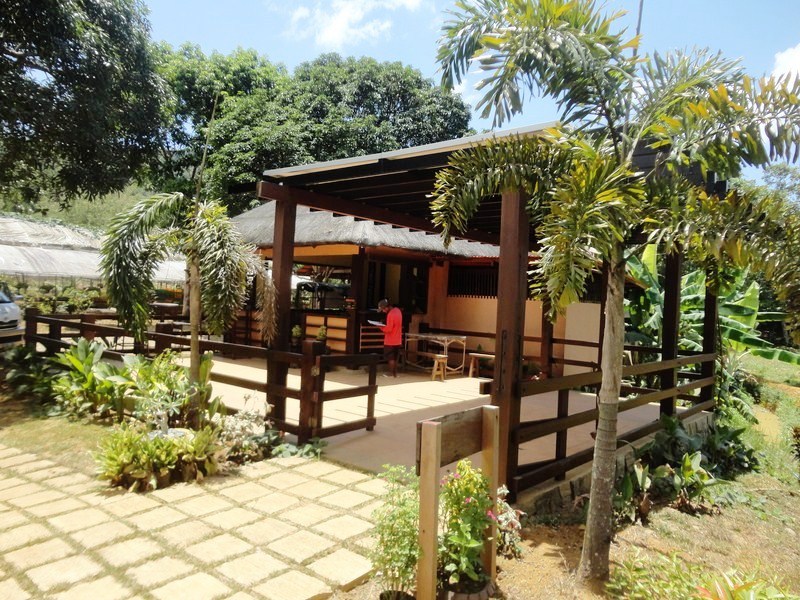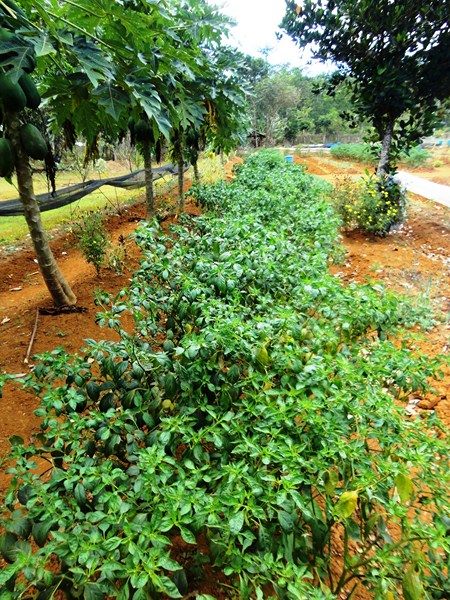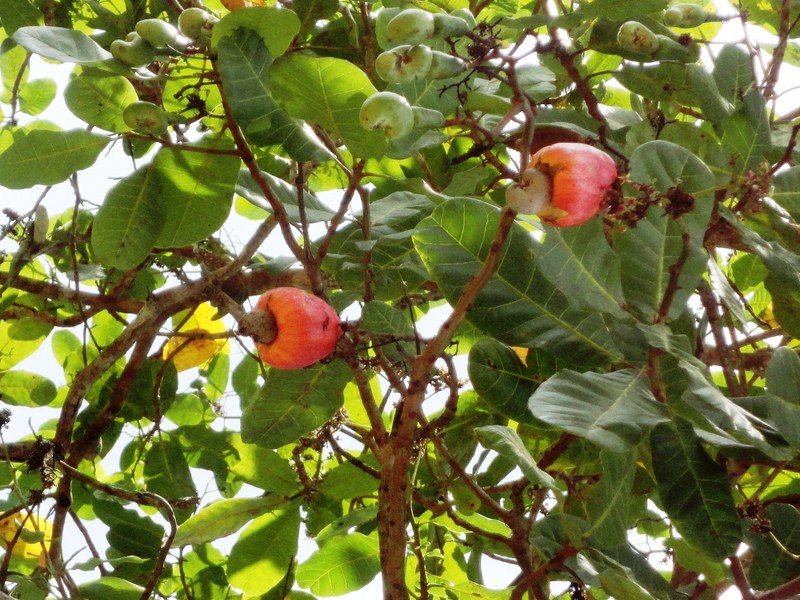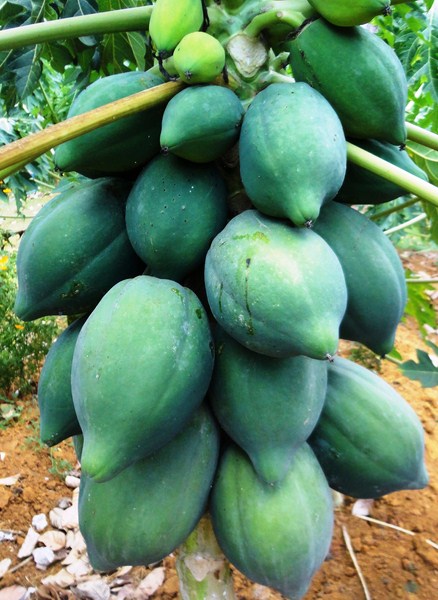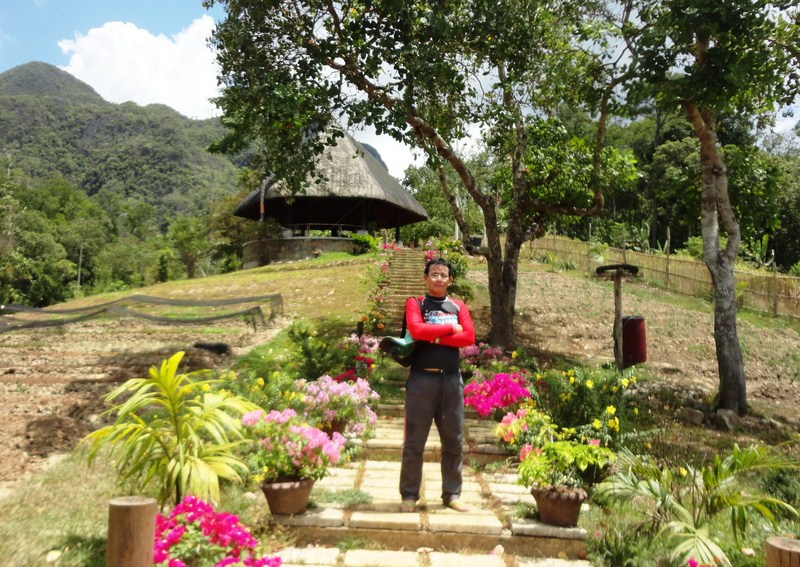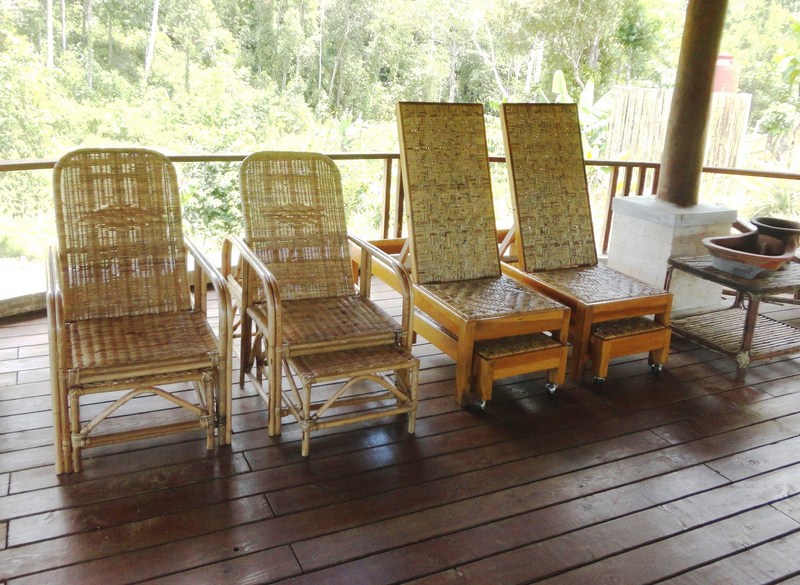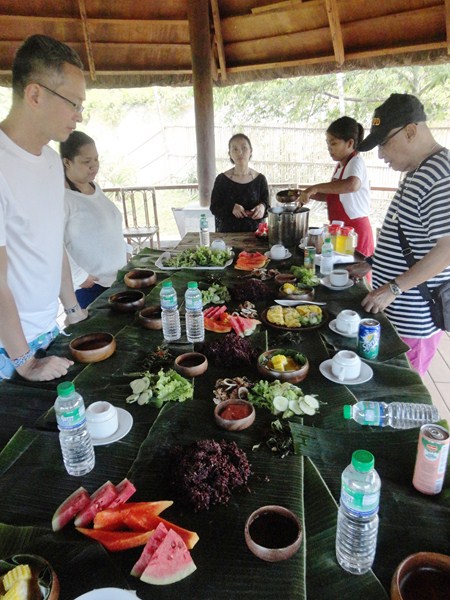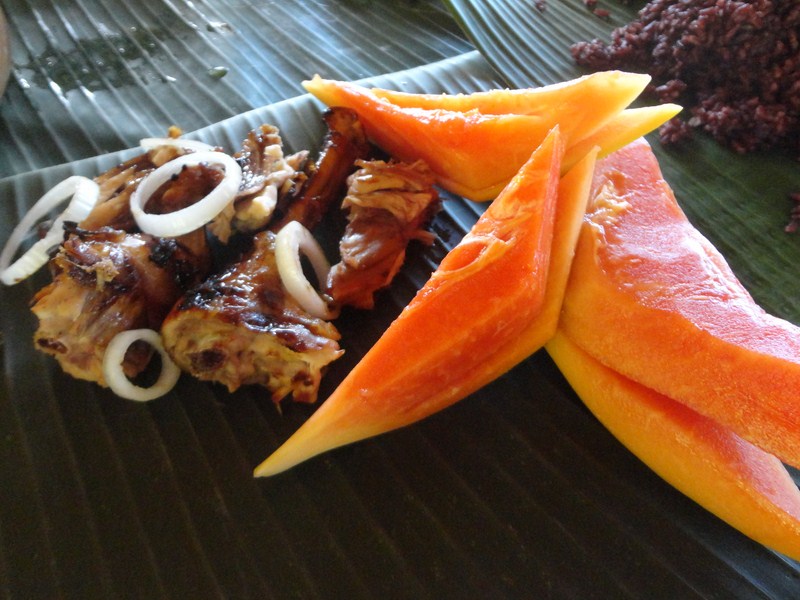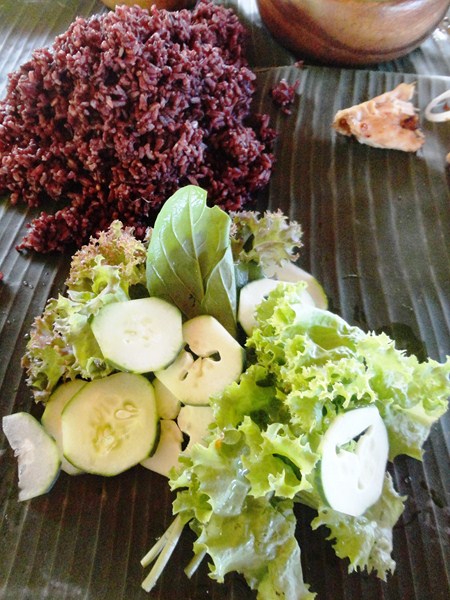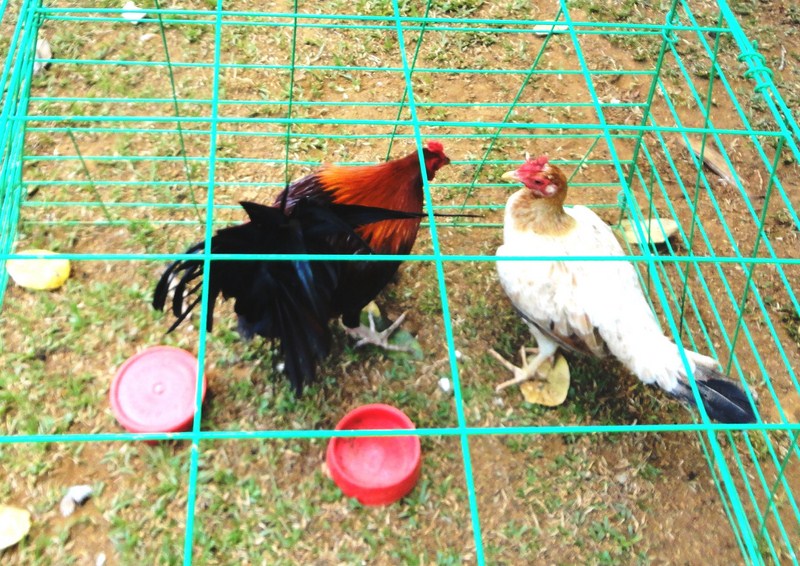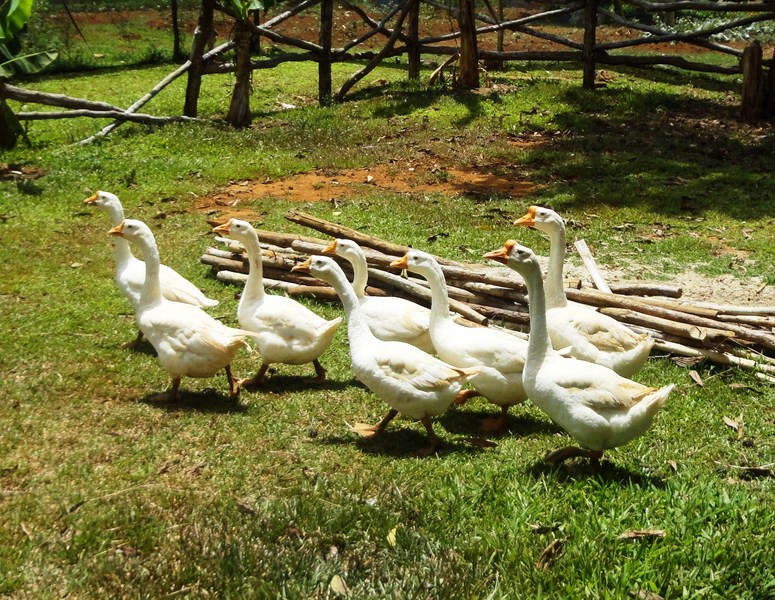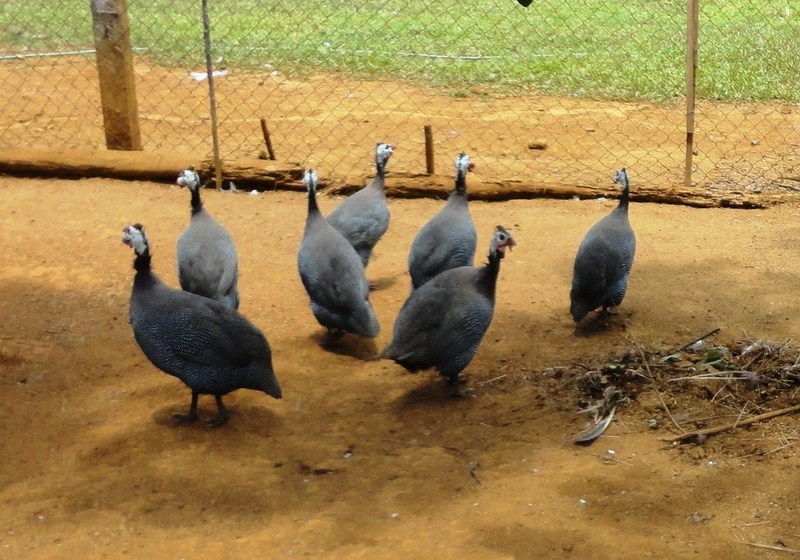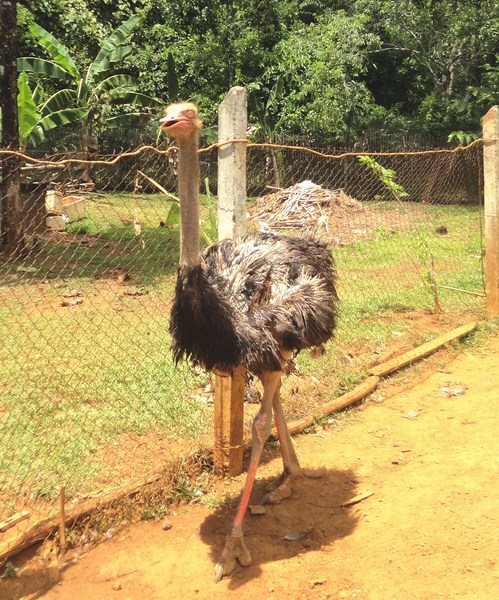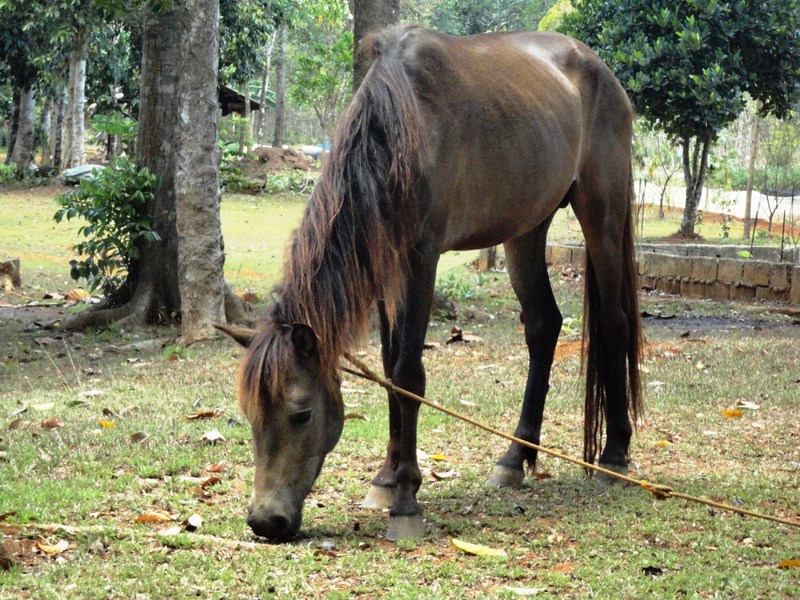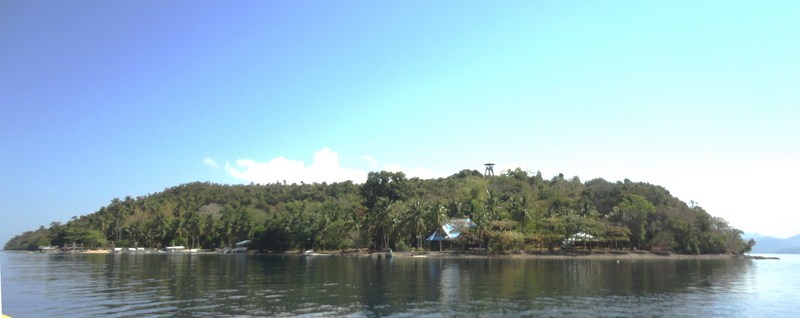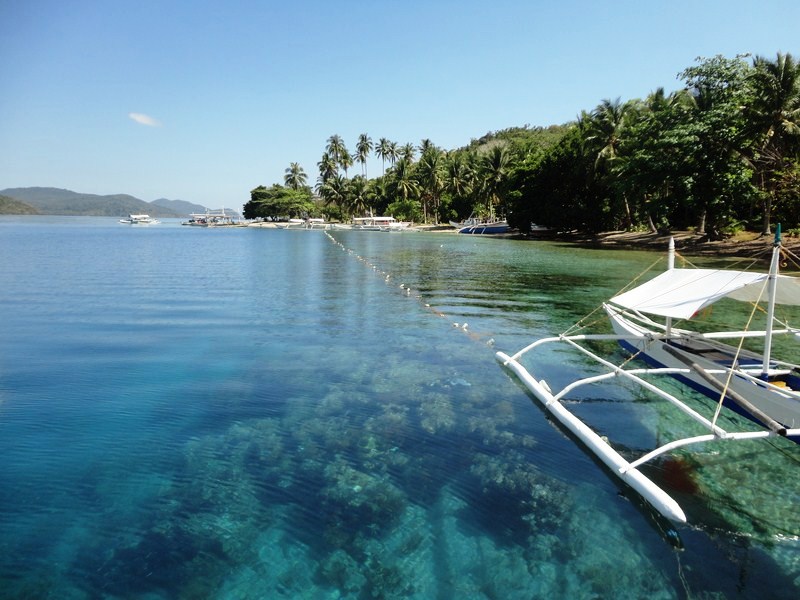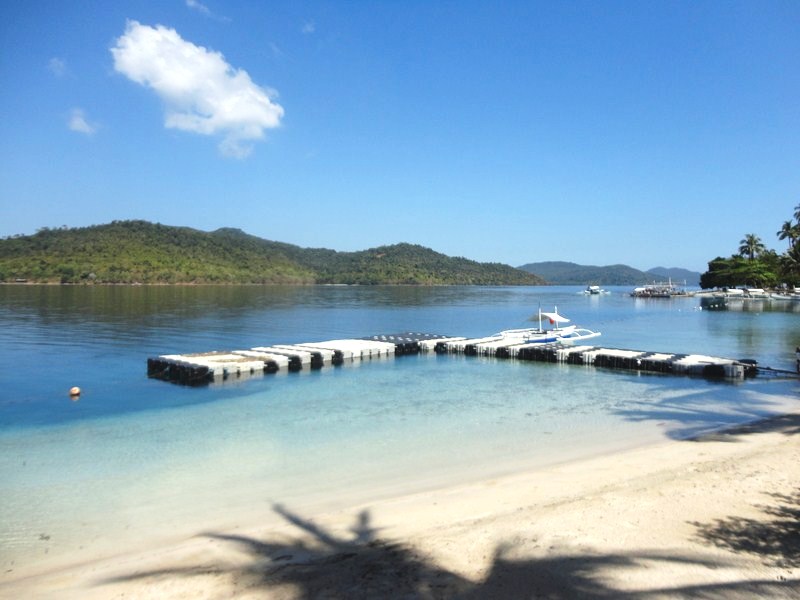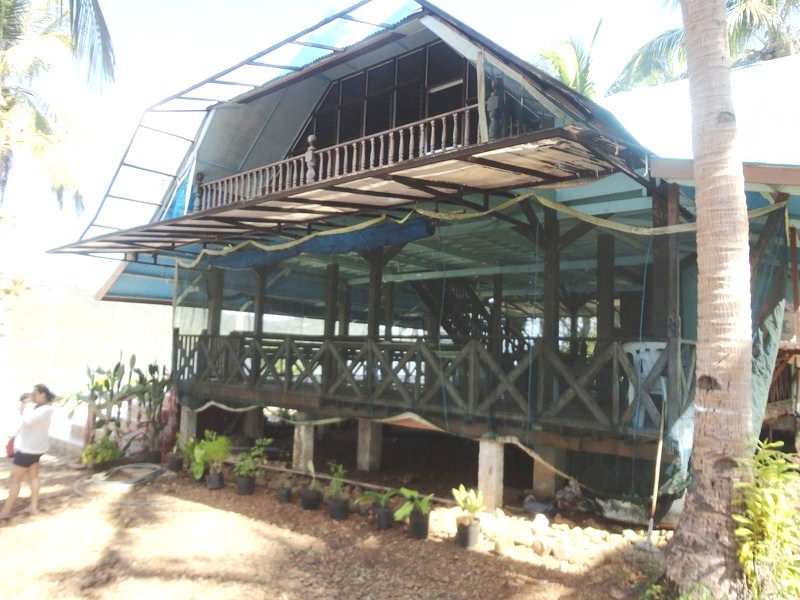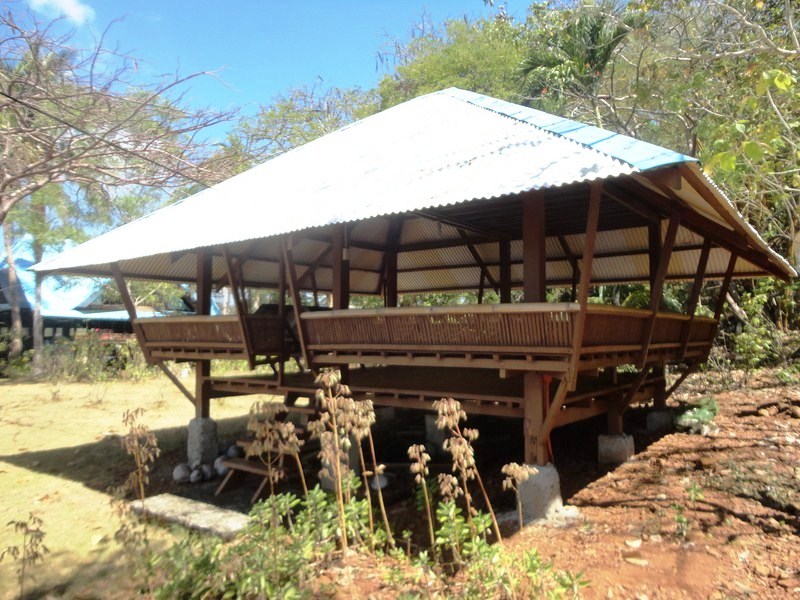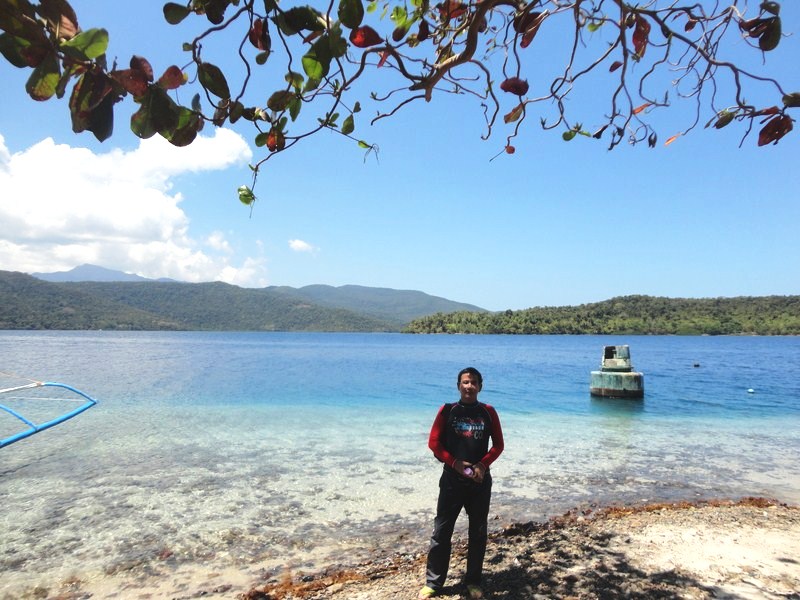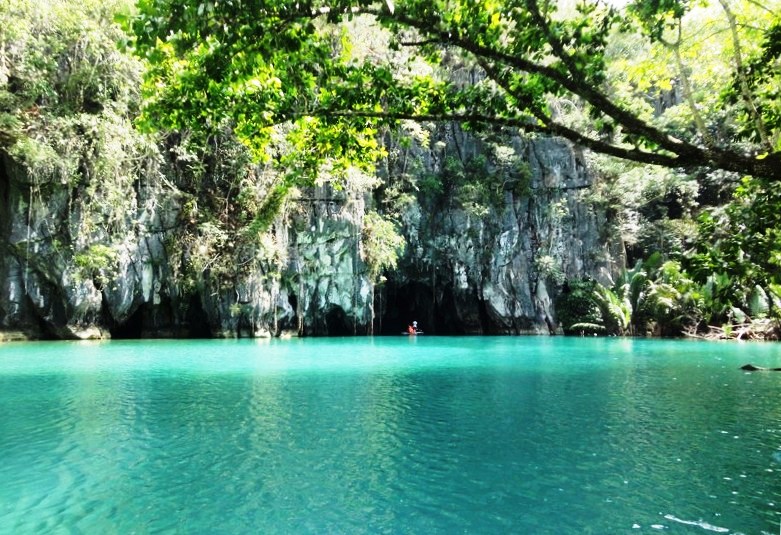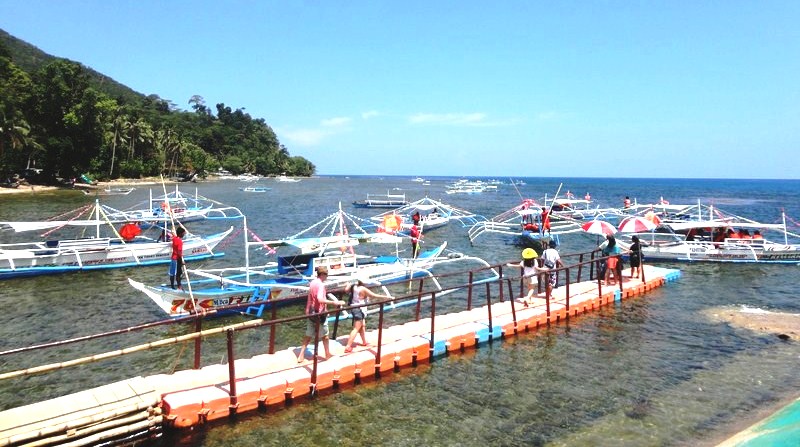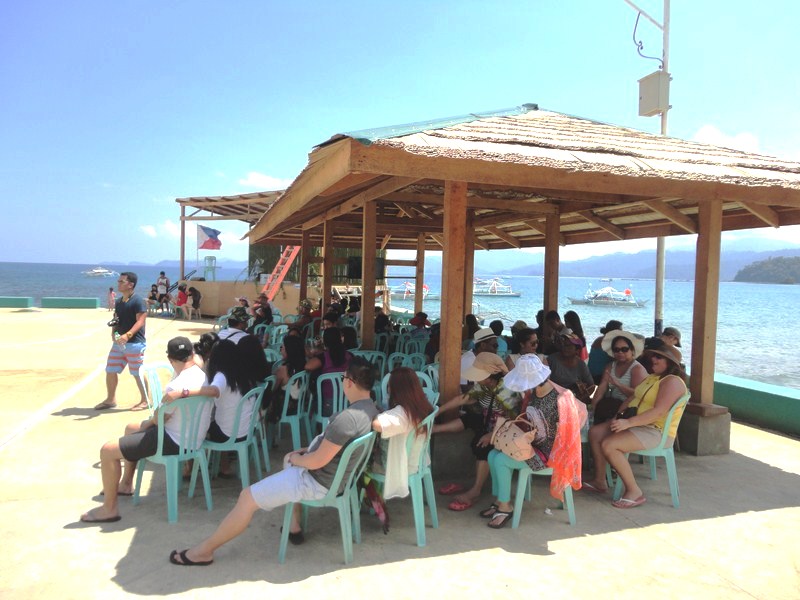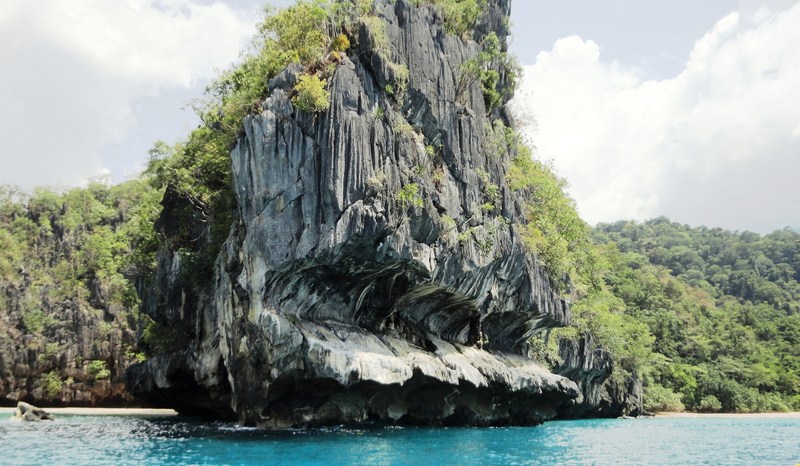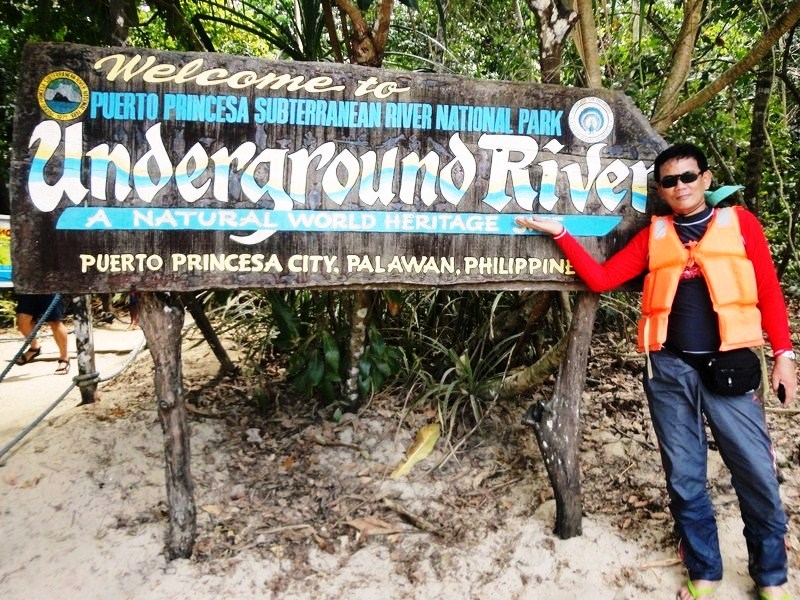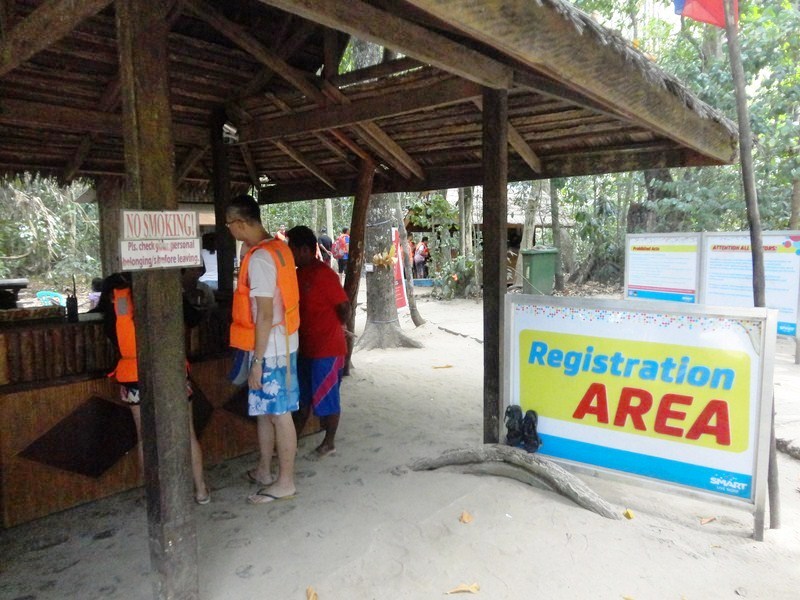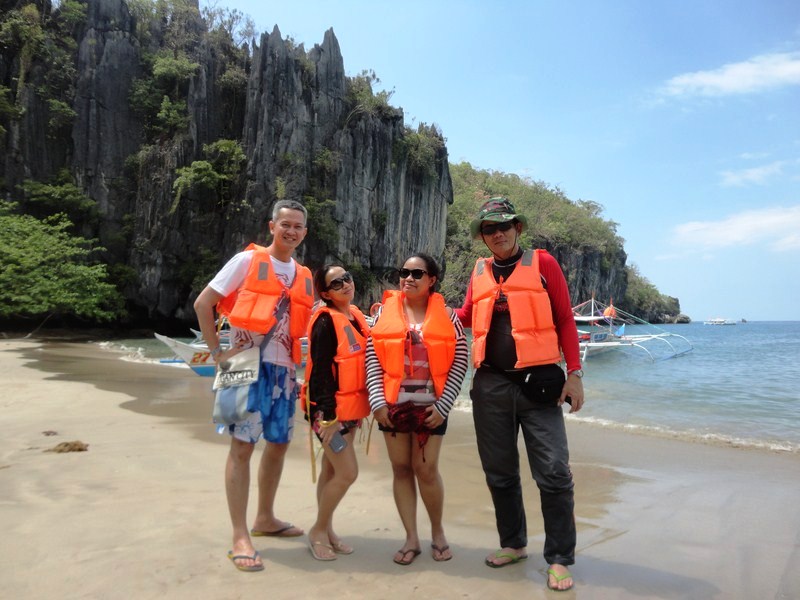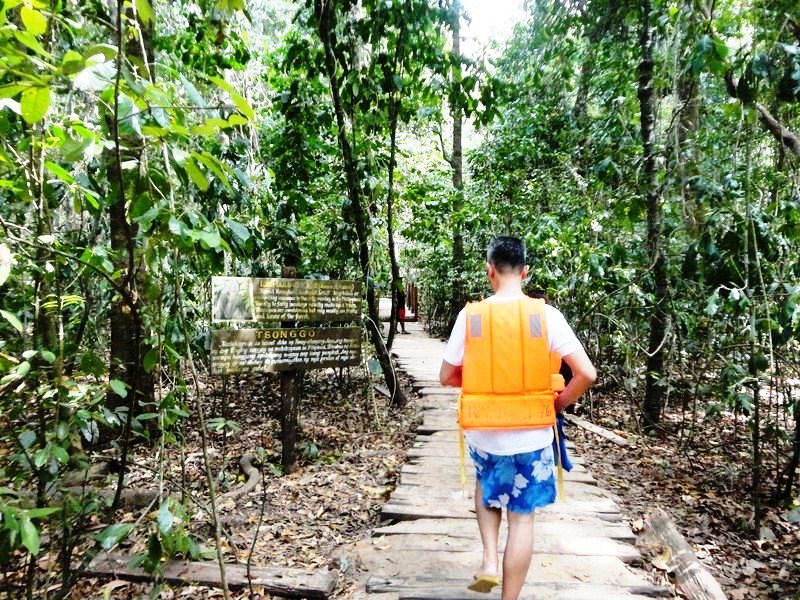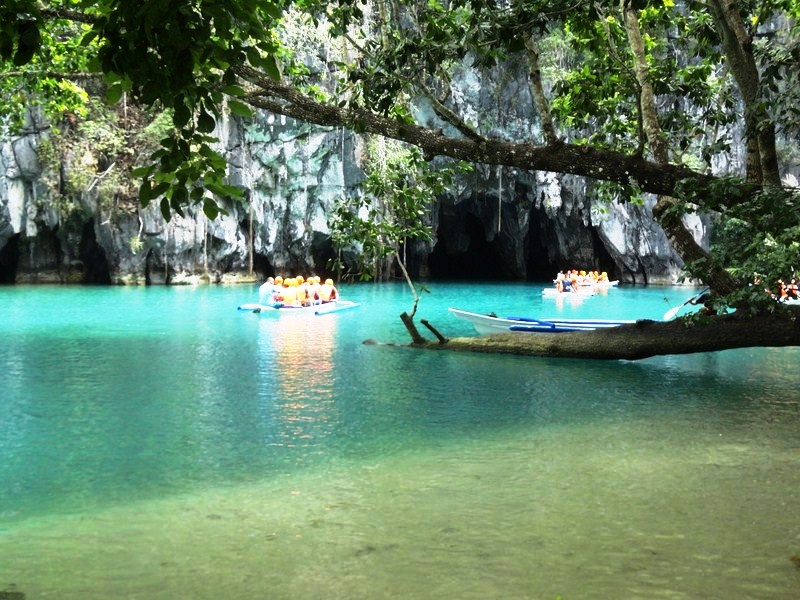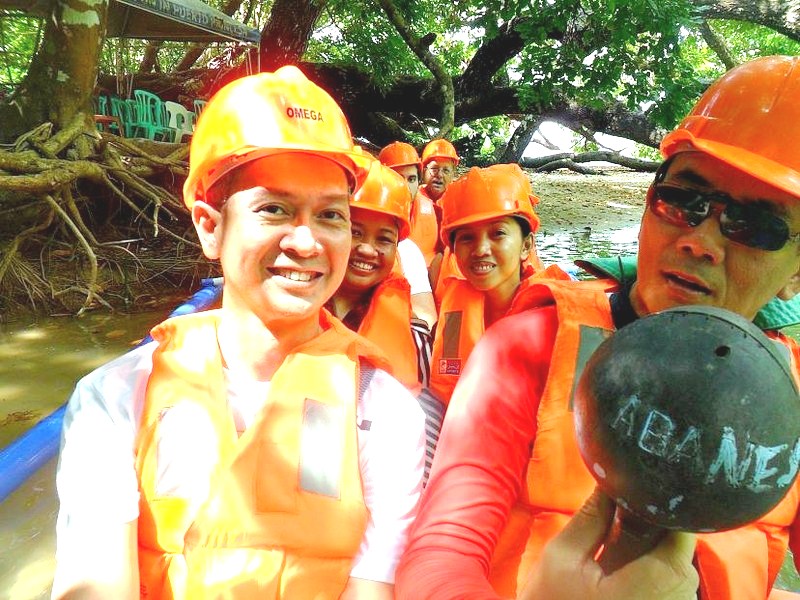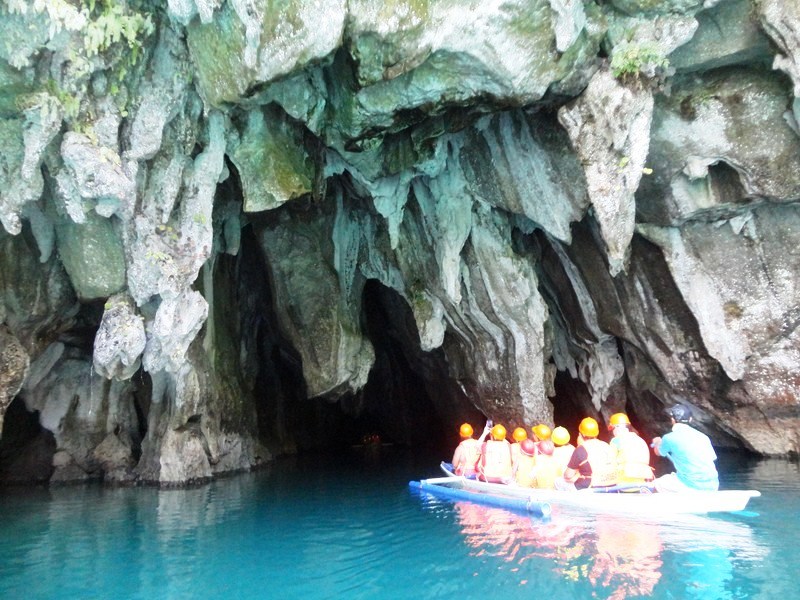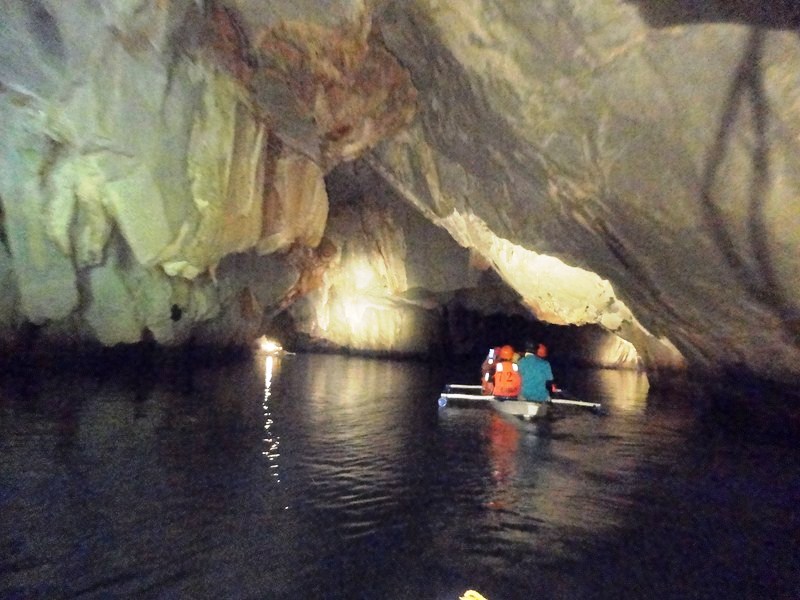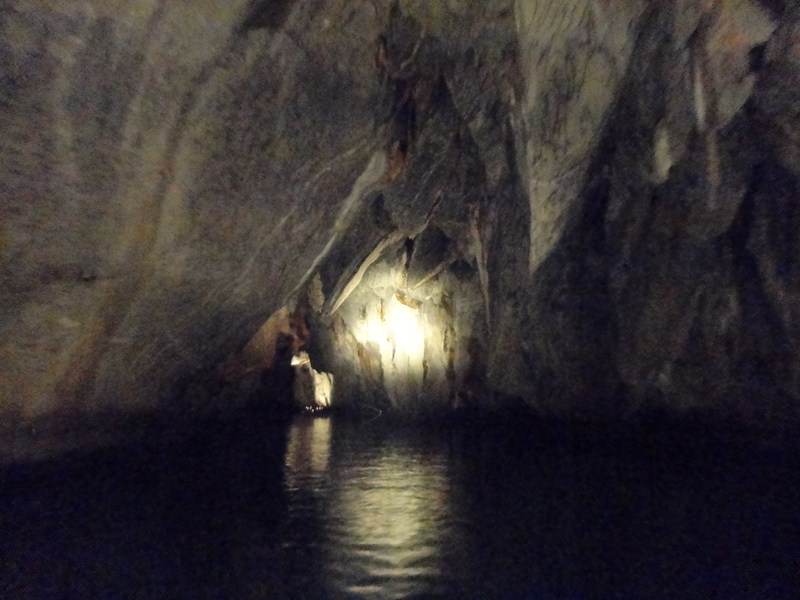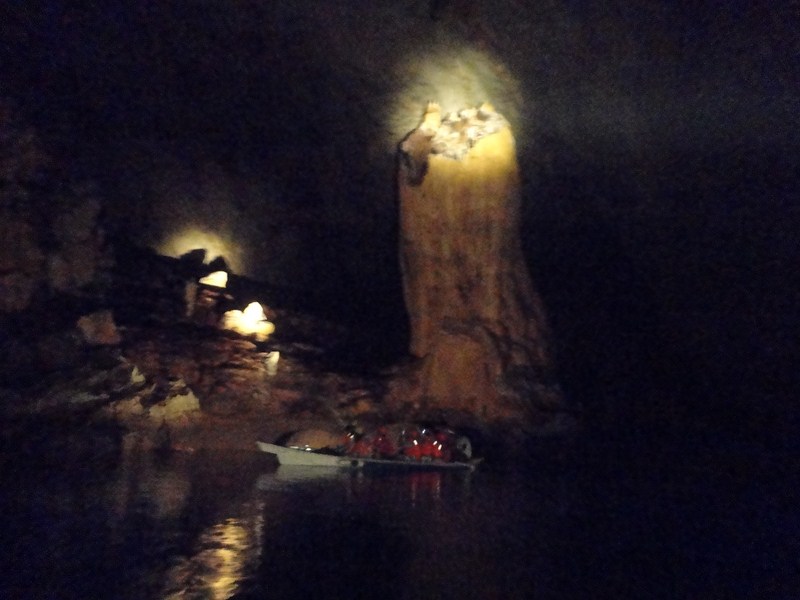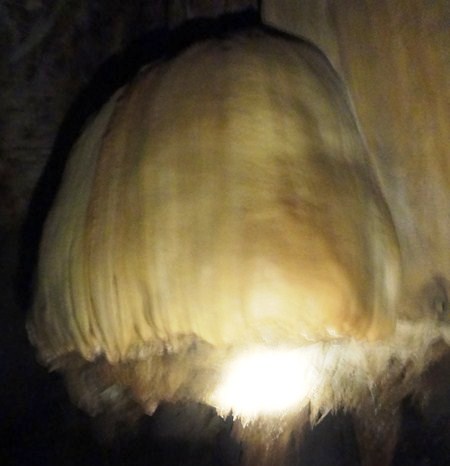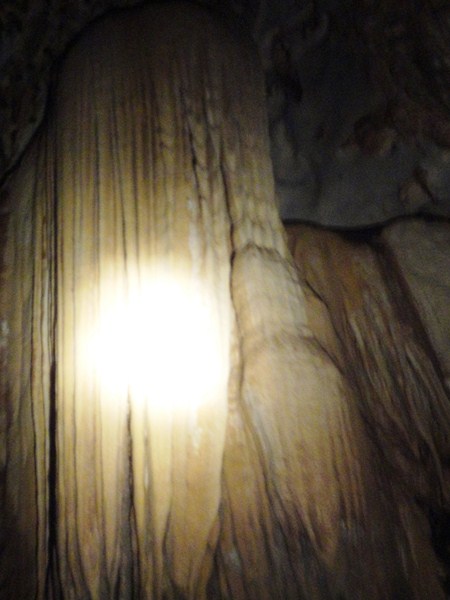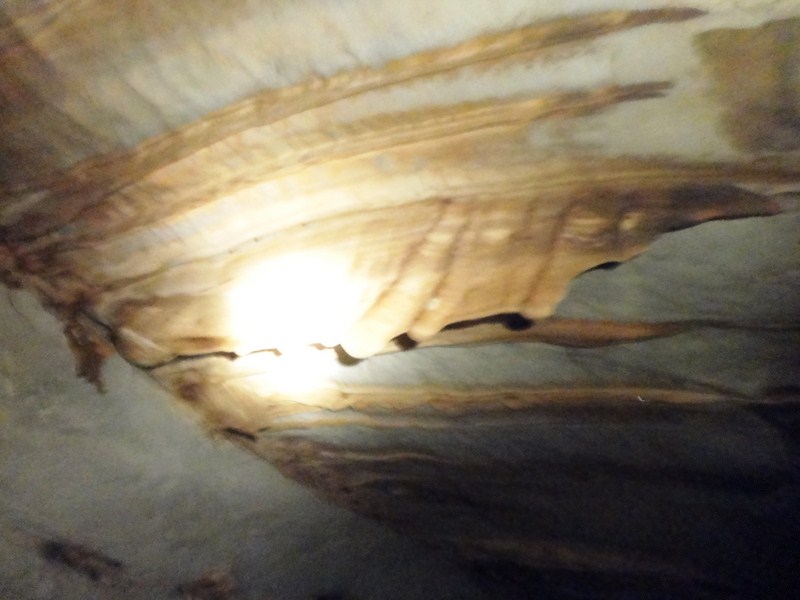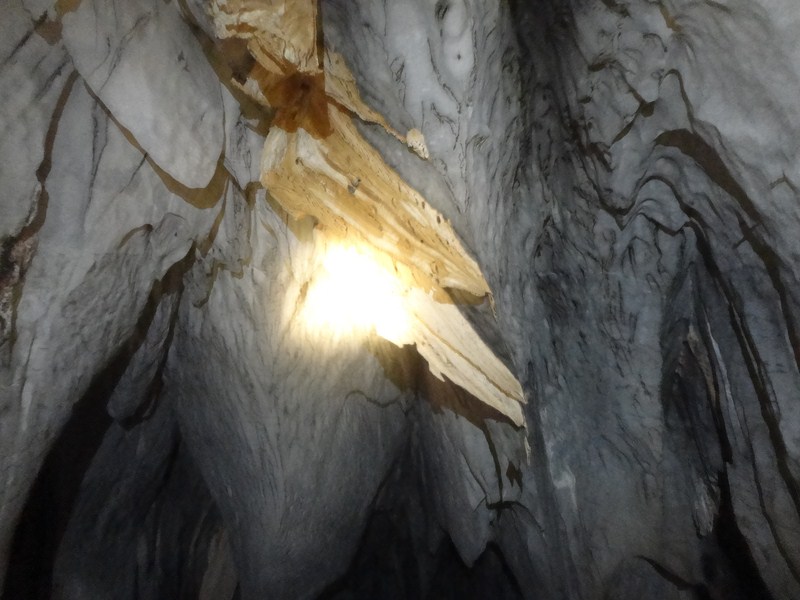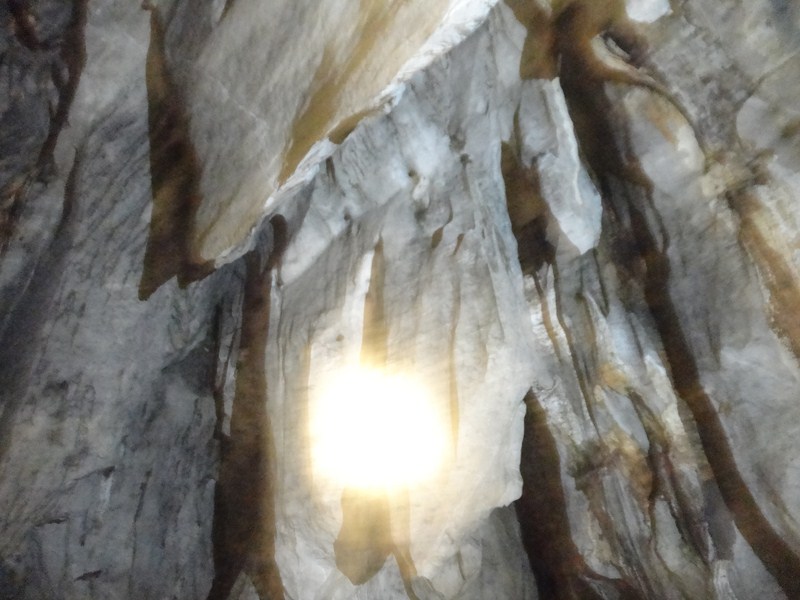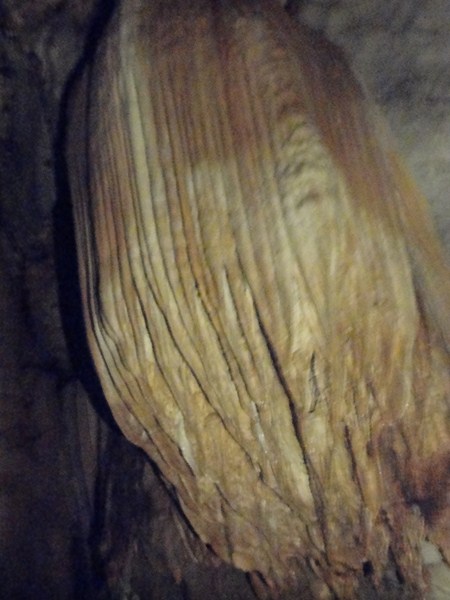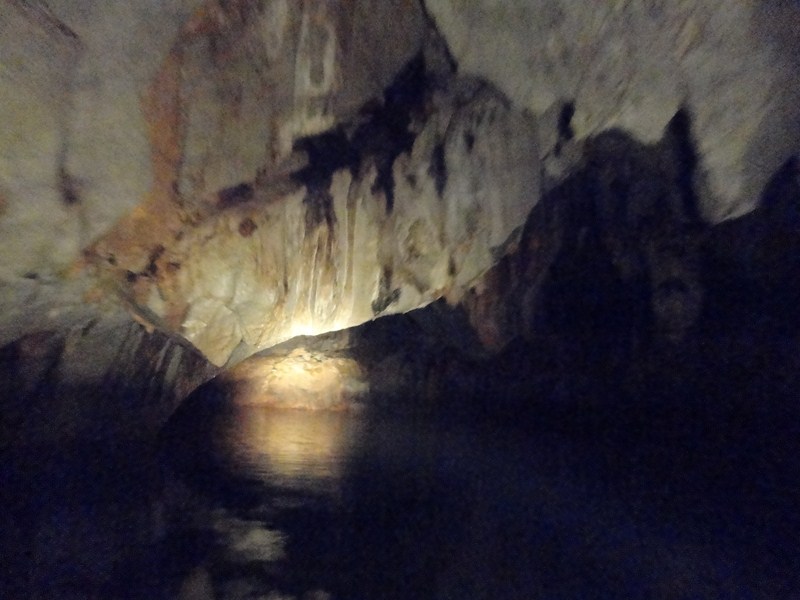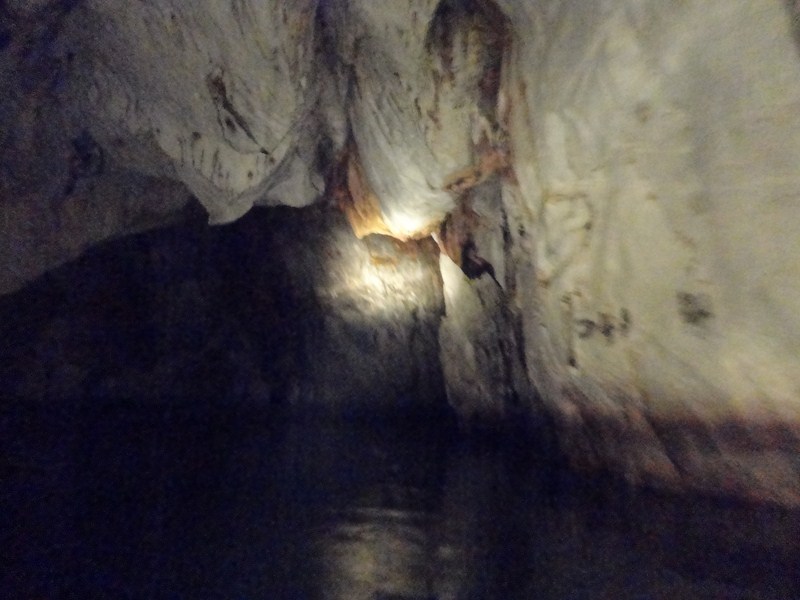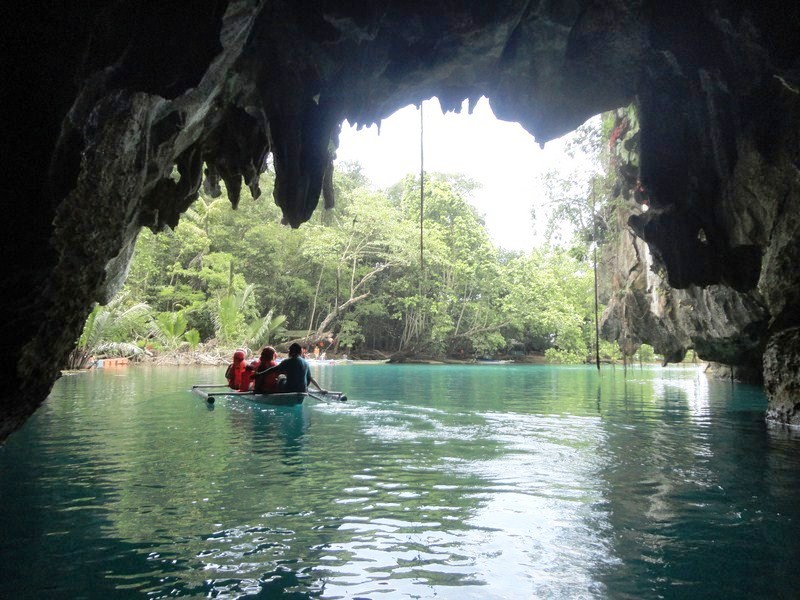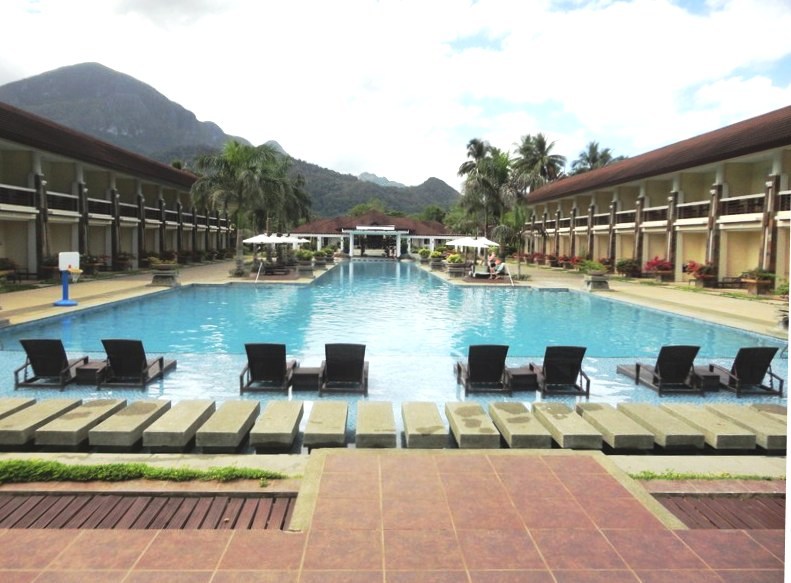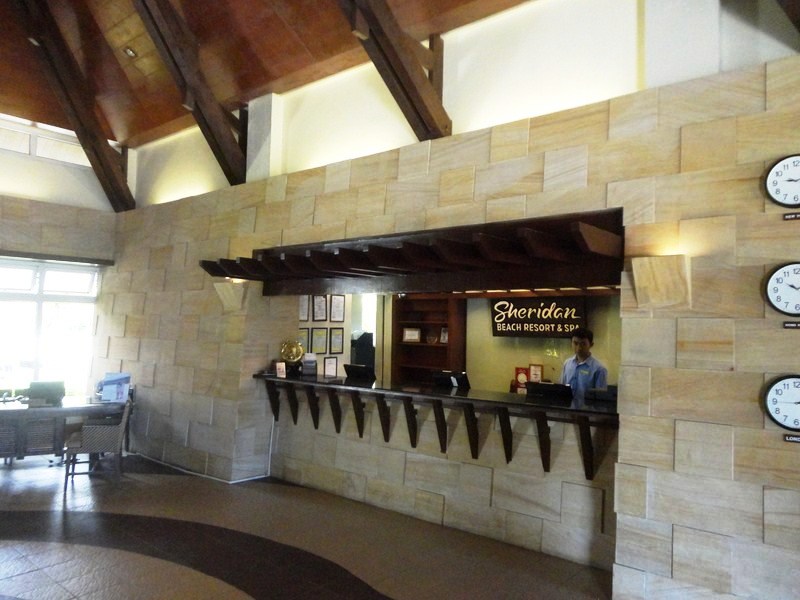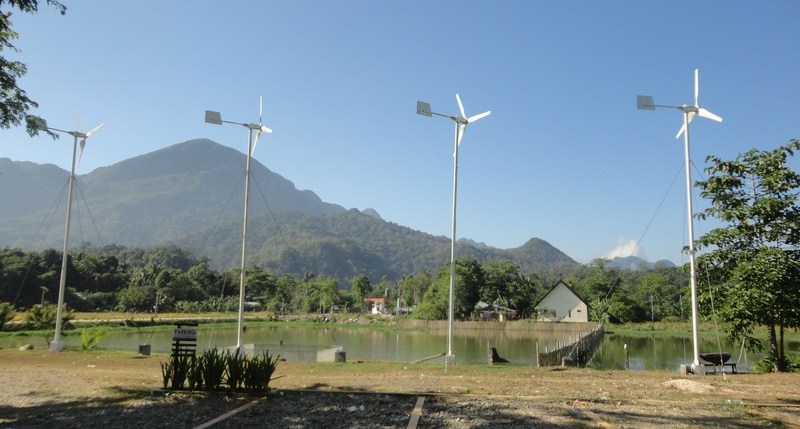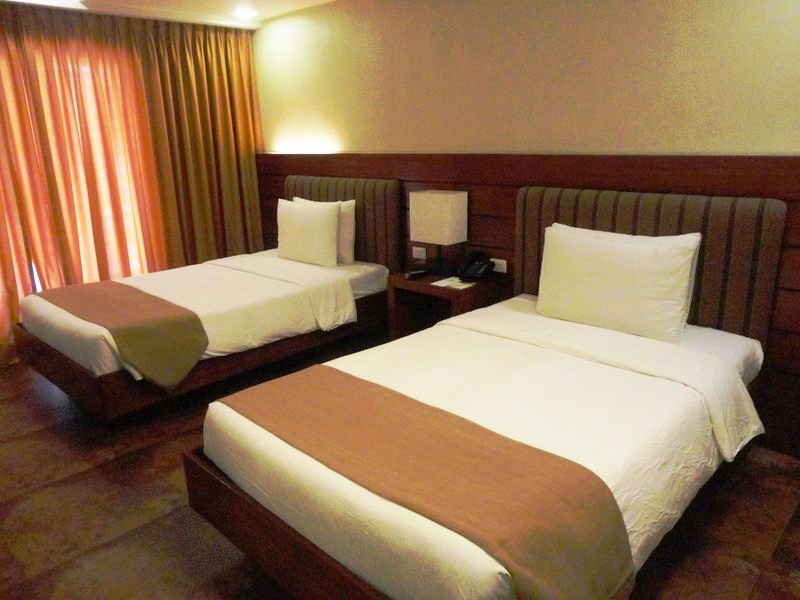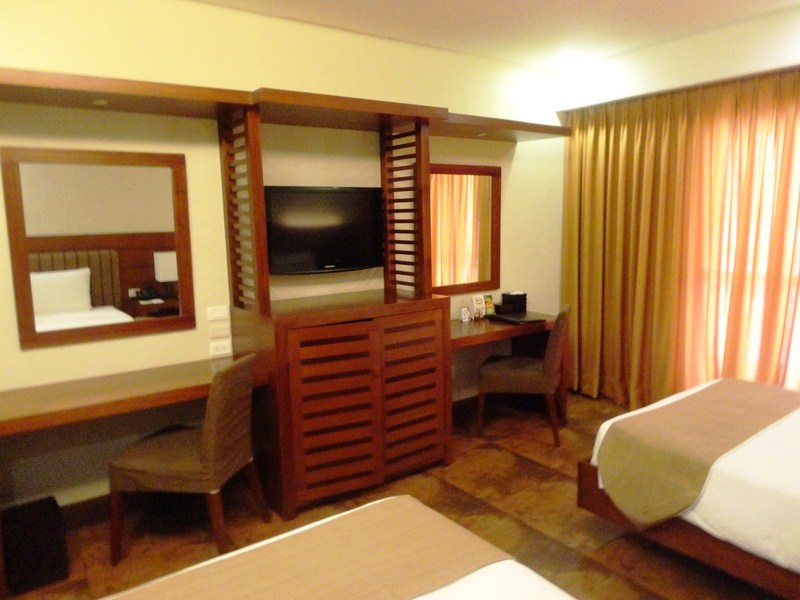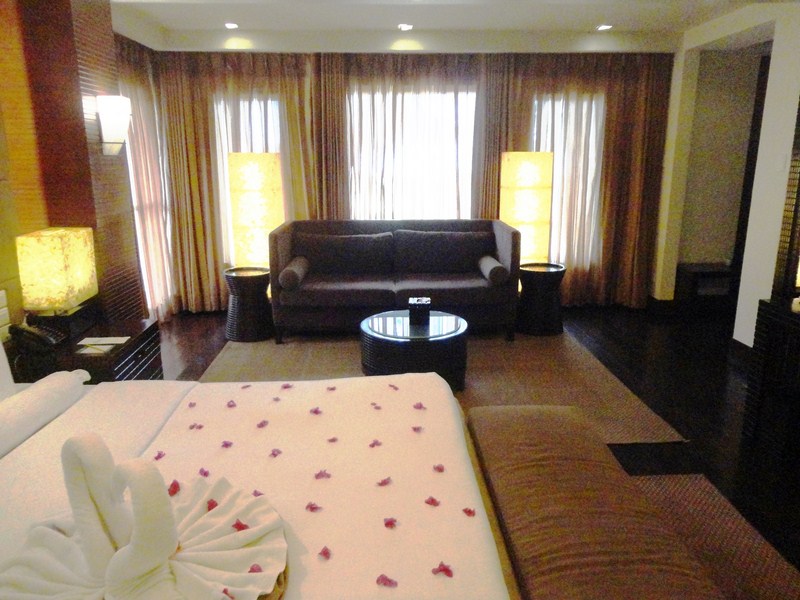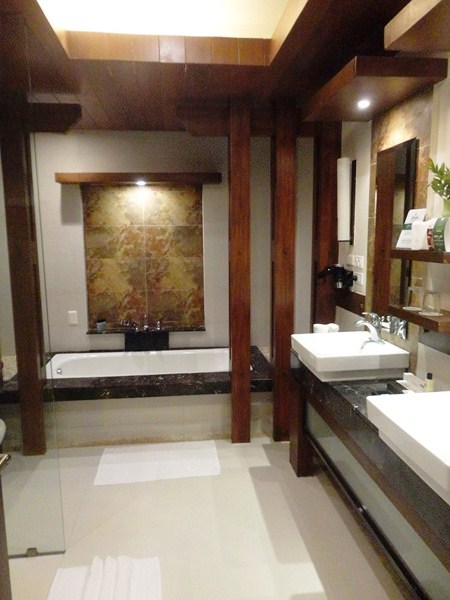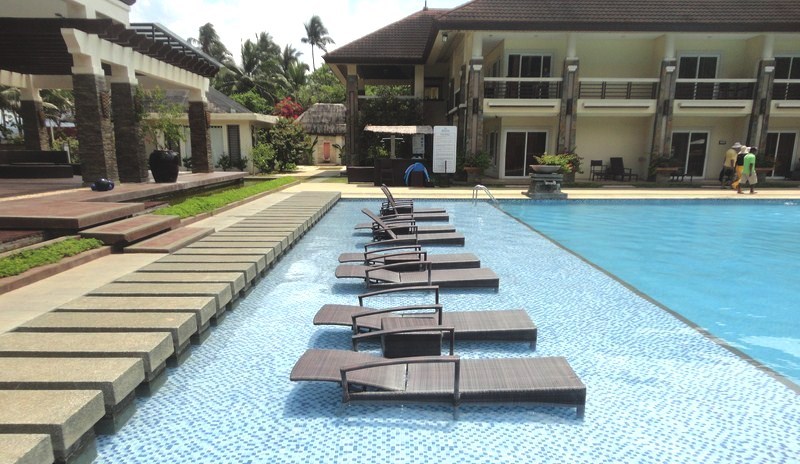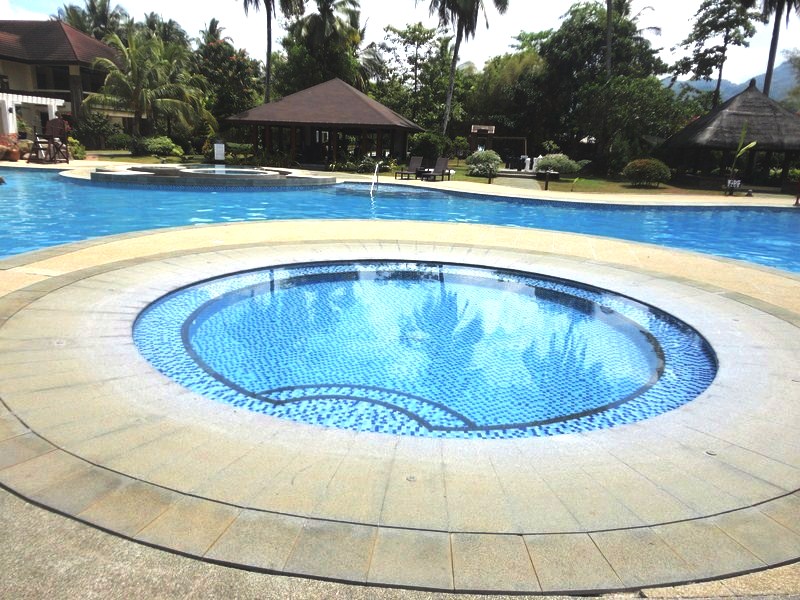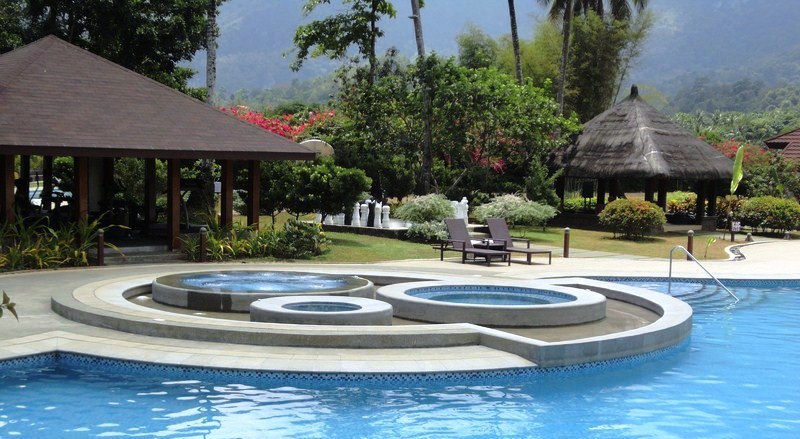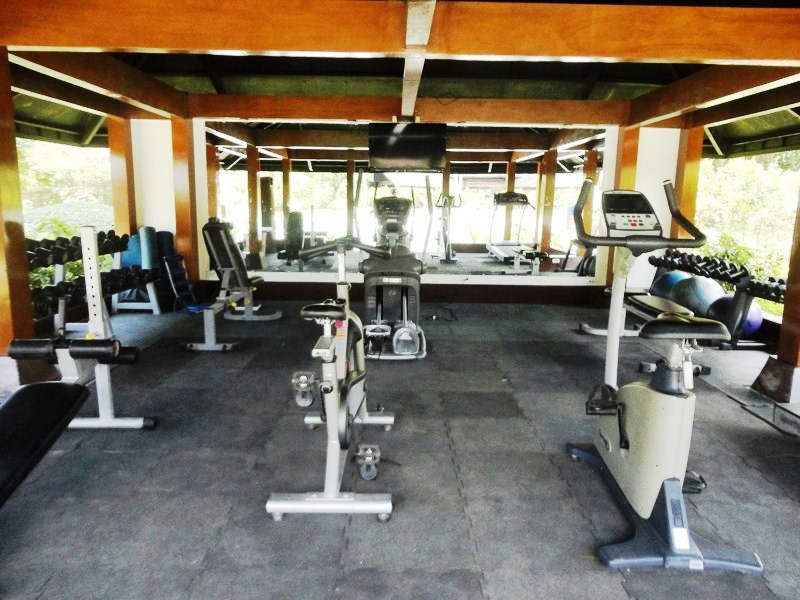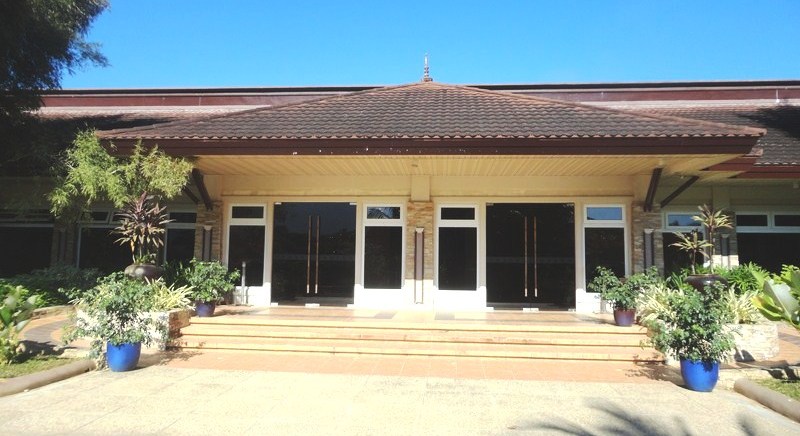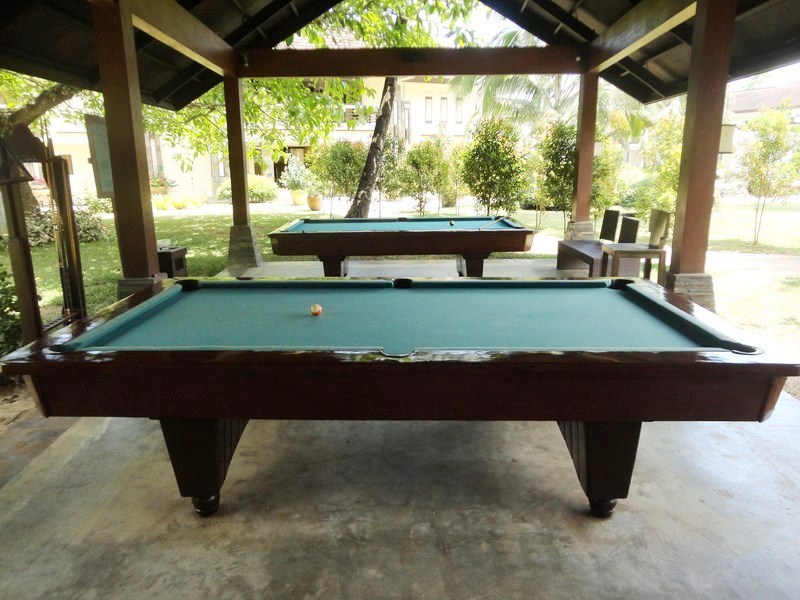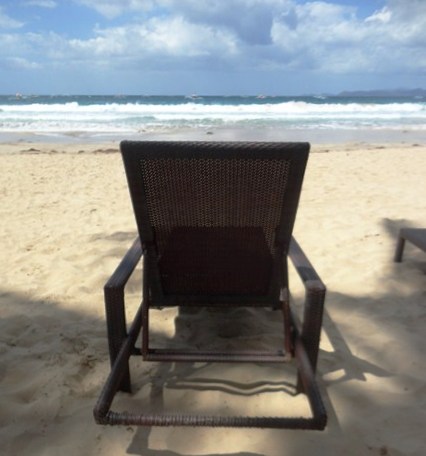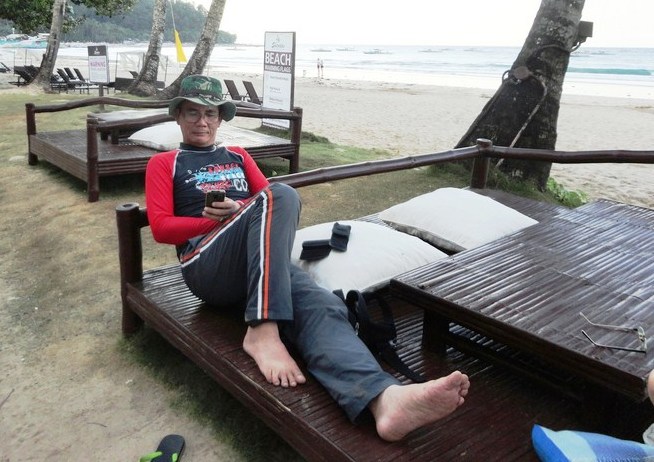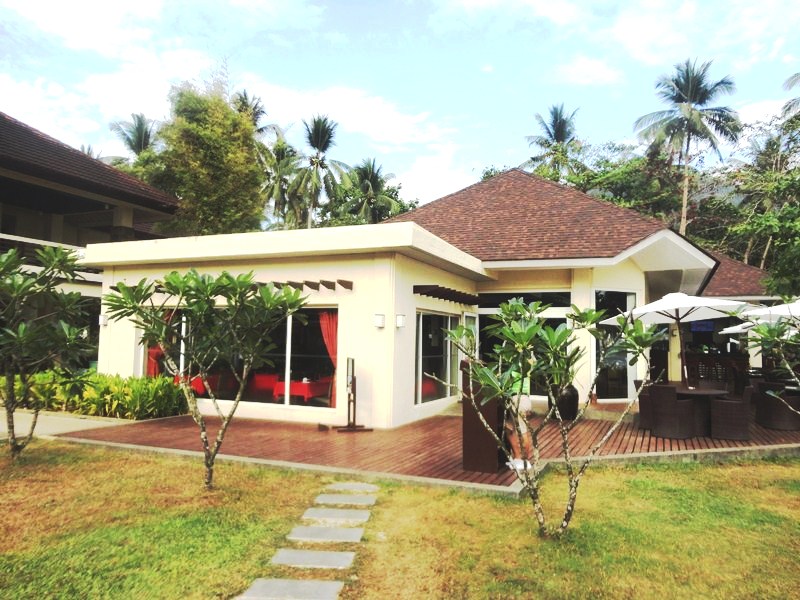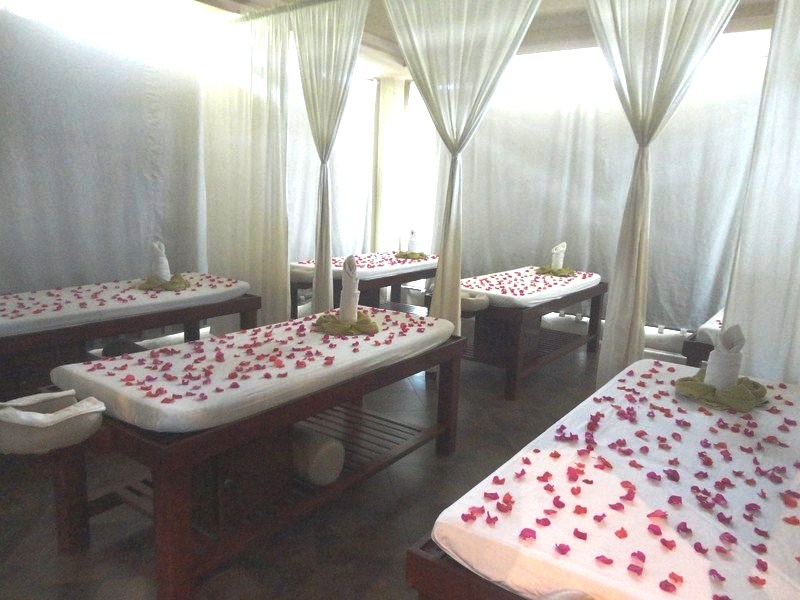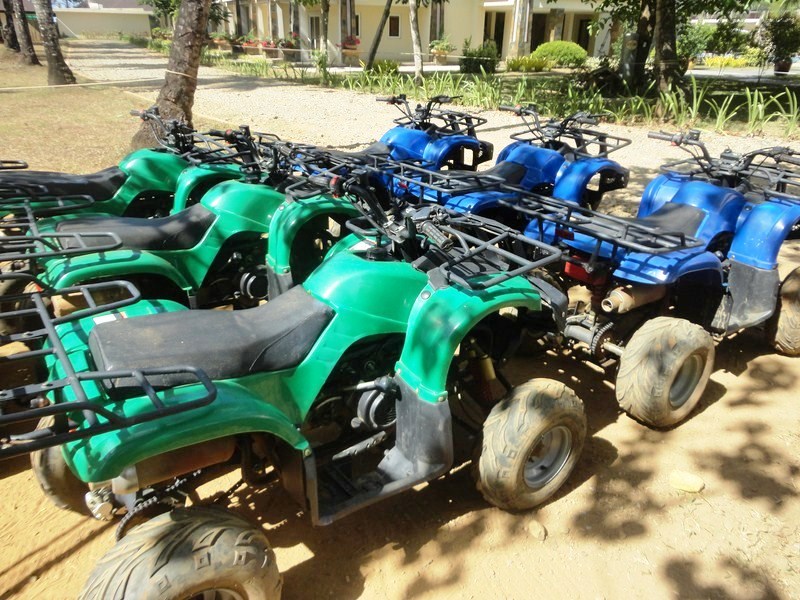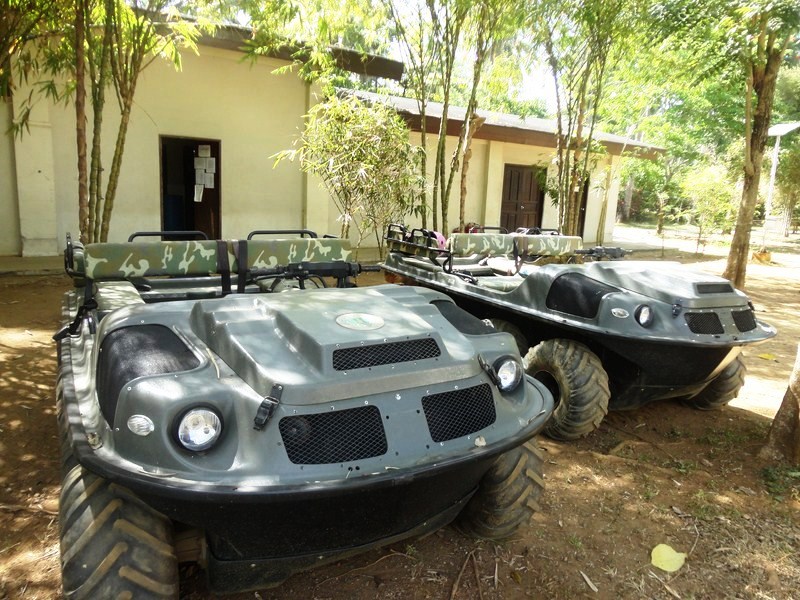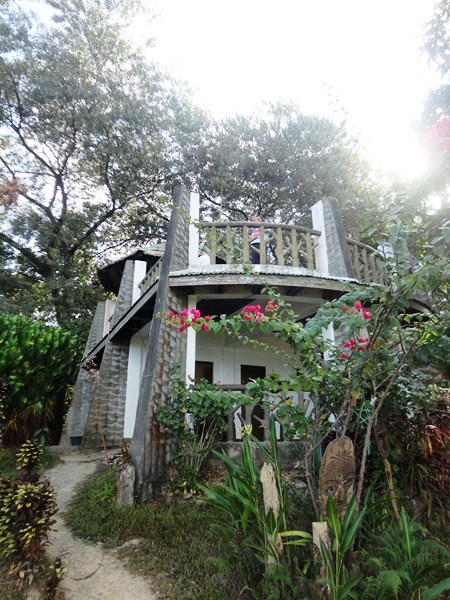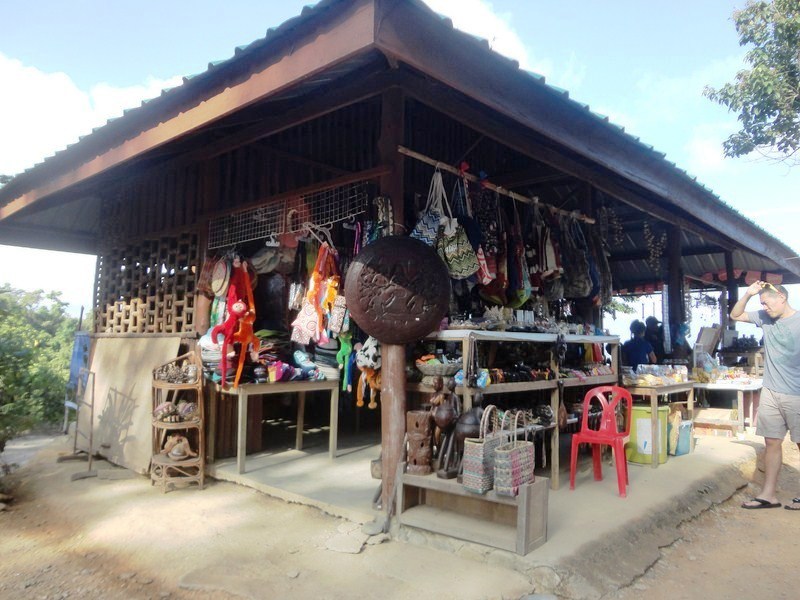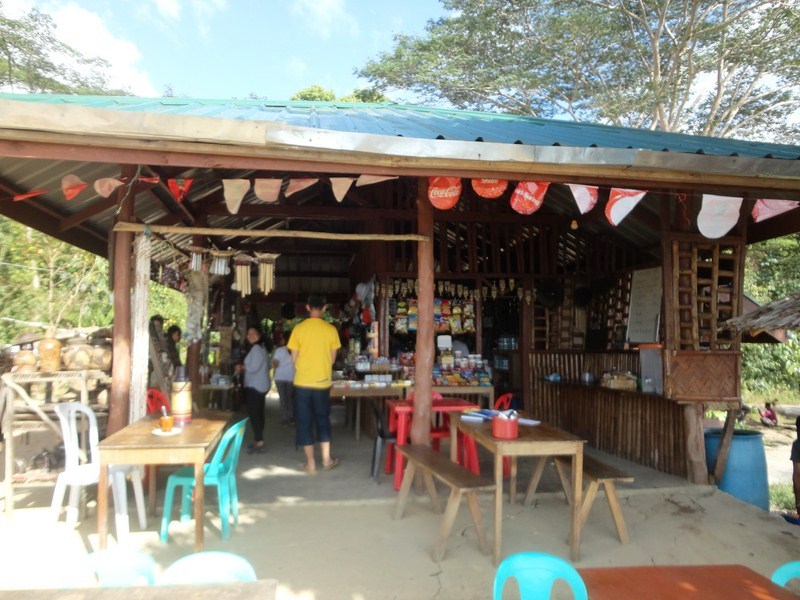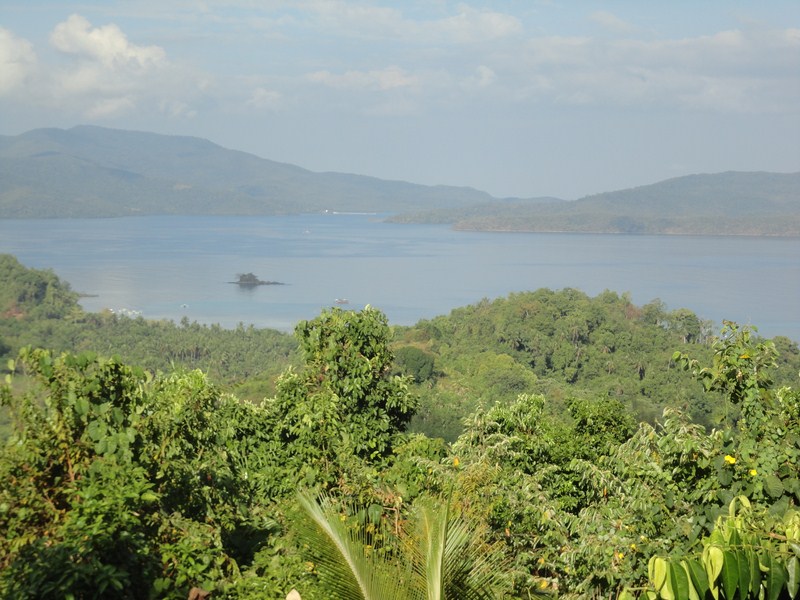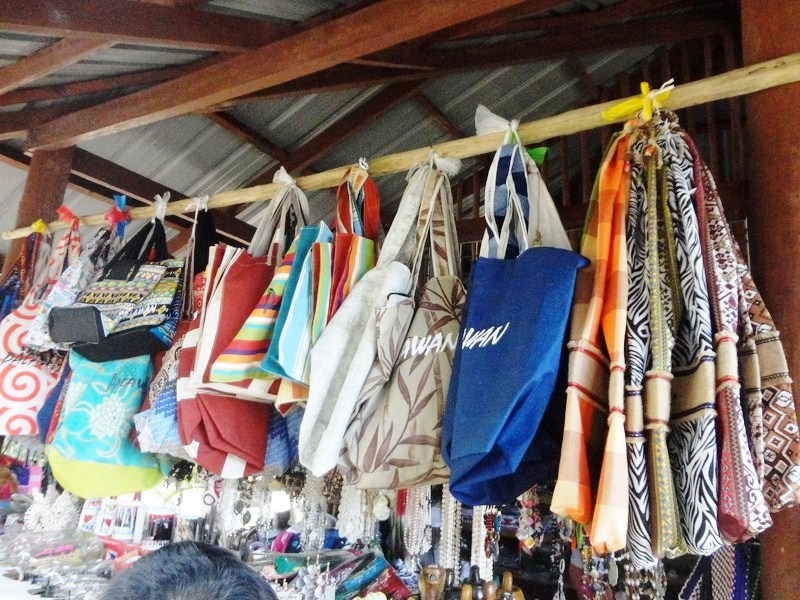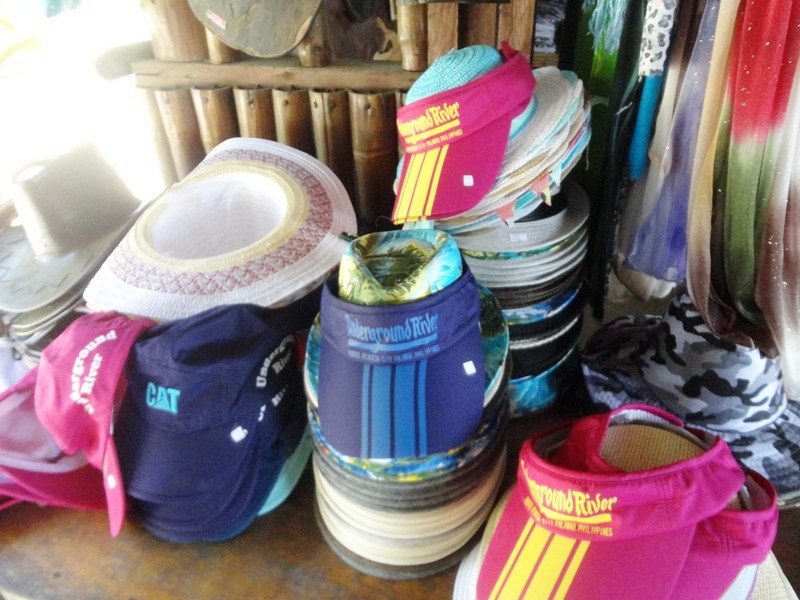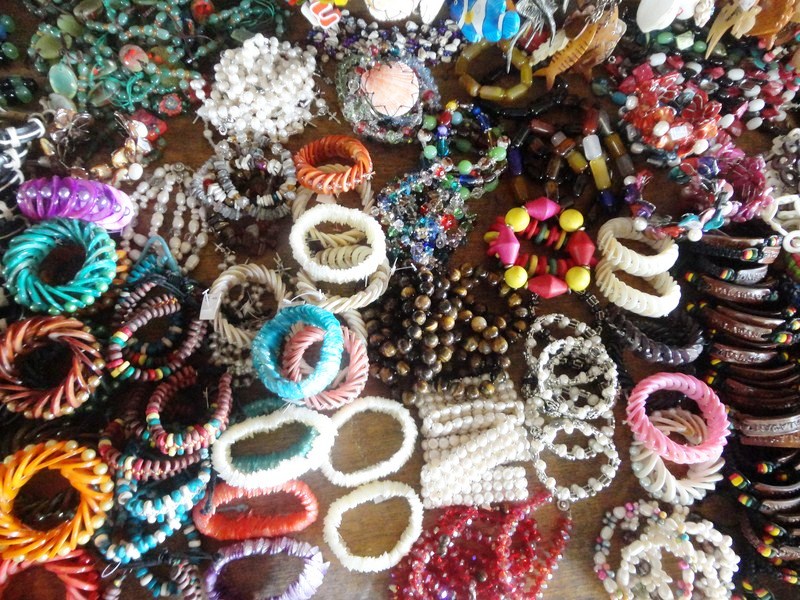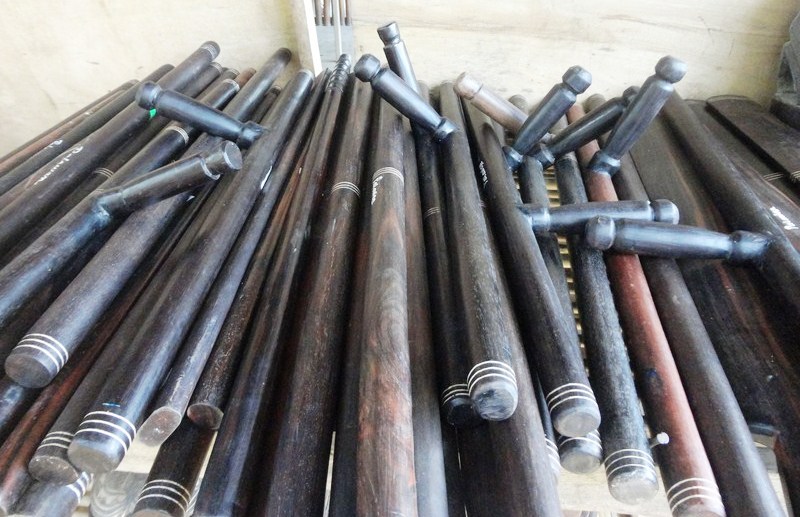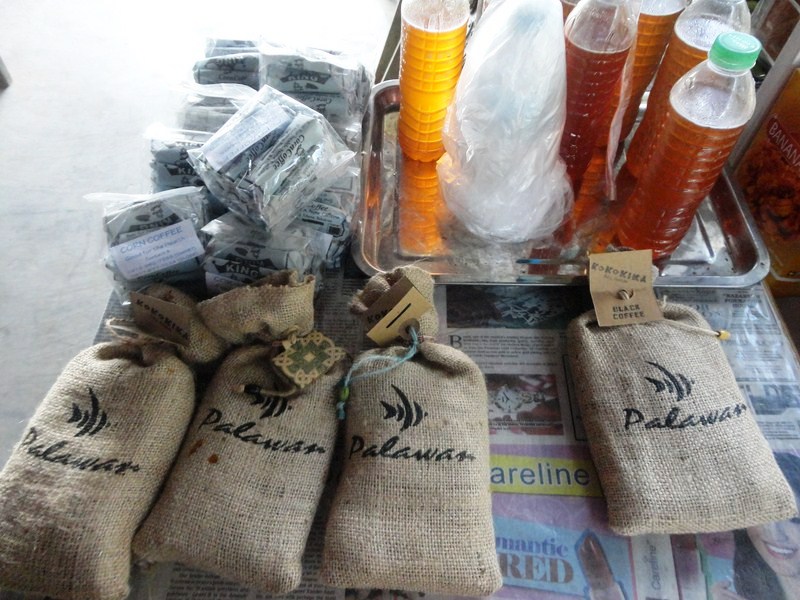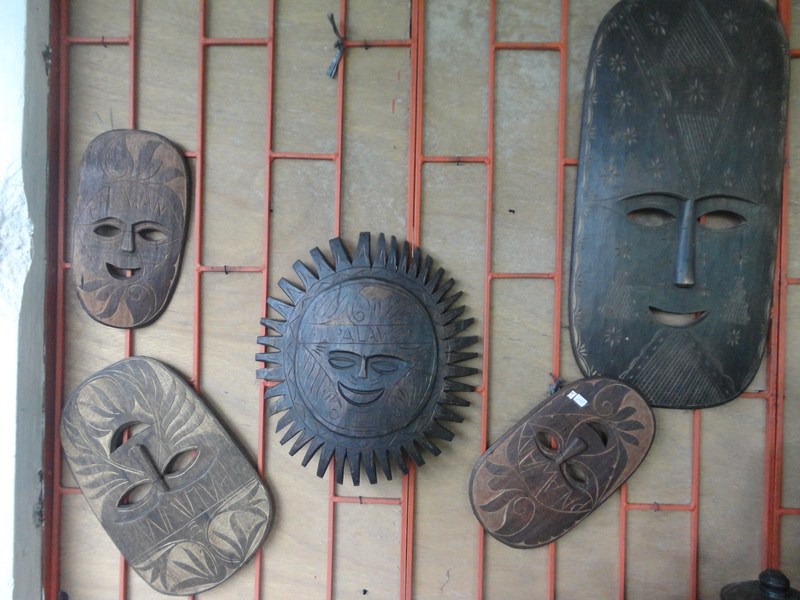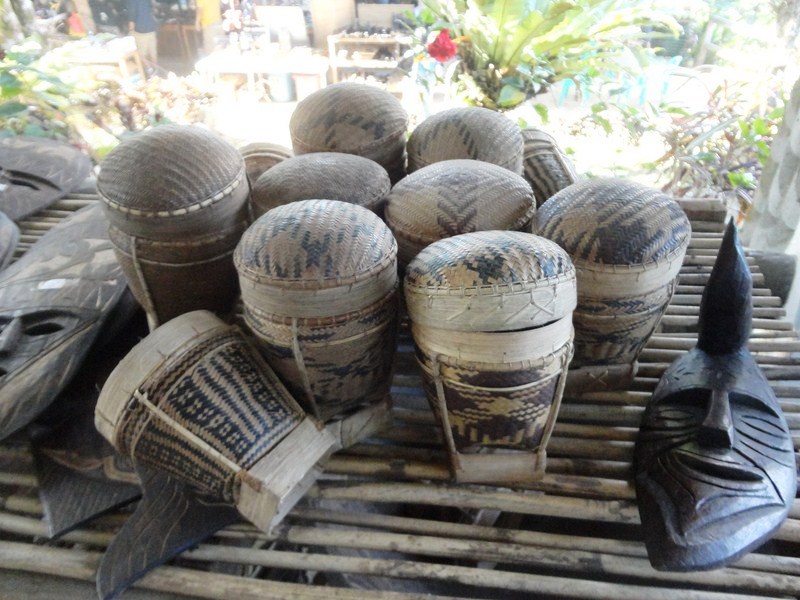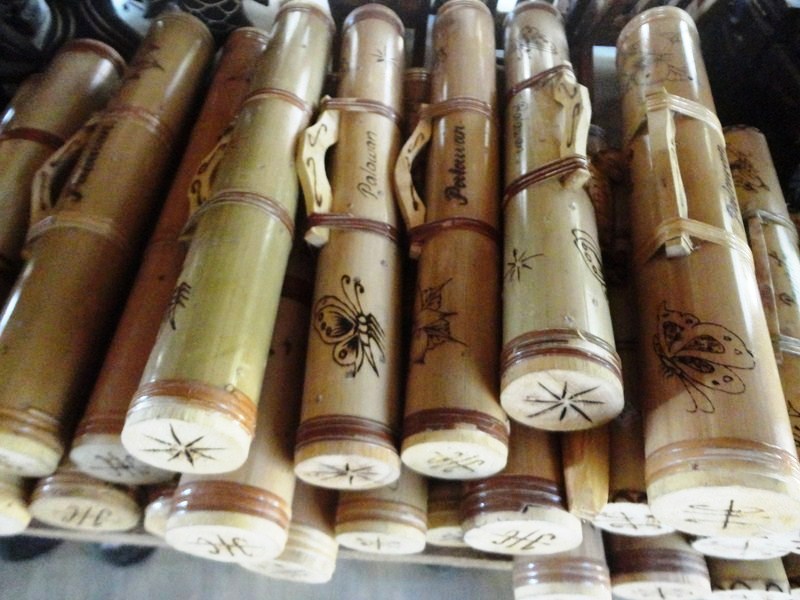After a late lunch and check in at Asia Grand View Hotel, we all boarded our van for the first of two hotel-sponsored activities – an excursion to Lake Kayangan, one of seven enchanting lakes located in the center of Coron Island. Kayangan is a Tagbanua word meaning “entrance.” Lake Kayangan is the more popular of two lakes (the other is Barracuda Lake or Luluyuwan Lake) open and accessible to visitors.
However, before they were opened to the public, a meticulous ritual was performed by the indigenous Tagbanuas to transfer the spirits that are believed to inhabit the place, from Lake Kayangan and Barracuda Lake, to Lake Cabugao. Tagbanuas do not allow visits to the other lakes because they are panyaan (sacred sites) plus they do not want the swiftlet’s (balinsasayaw) nests to be disturbed.
After a short 5-min. drive,we arrived at Coron Port, beside the Coron Public Market, where we boarded a big outrigger boat that would take us to the lagoon. The boat ride took us 30 mins.
Upon arrival at the boat landing area, we made a short (10-15 min.) but steep and somewhat challenging climb up an uneven, 150-step paved stairway up a hill to a small cave which is used by Tagbanuas as a shelter during storms.
Here, we had a breathtaking view of the iconic, awe-inspiring and truly beautiful cove entrance, probably the most photographed site in Coron. Justifiably, the view from the top is something to look forward to and we took our time taking photographs. From here, it is another 174 steps down to the lake.
Lake Kayangan is a volcanic mountain lake, with crystal-clear, turquoise, brackish and cold, 5-10 m. deep waters hidden among steep and jagged but spectacular and beautiful limestone cliffs. It is served by a hot spring and has a halocline, a division between the much colder freshwater (70%) and the denser salt water (30%) below, at 14 m.. The lake is a Presidential Hall of Fame Awardee as the cleanest and greenest inland body of water for three consecutive years (1997-1999).
Upon arrival at the lake, we stashed our things at a little wooden walkway and platform, donned our mask and snorkel and went for a swim. Diving is not allowed as the rocks underwater are sharp. Underwater, it was like a moonscape. I felt like it’s out of this world. With my snorkel, I saw schools of small (2-3 inches), odd-looking needle nose fish and shrimp swimming about the awesome rock formations.
The water does not seem to have any current or waves at all. I am not a qualified free diver with cave experience, but I joined Mike, Libby, Angelo and Ay Lyn as we entered a nice little swim through cave. Diving is allowed in Barracuda Lake, said to be the home of a solitary, giant barracuda. The lake is a short 5-10-min. hike along a tricky limestone path to the top.
The lake water’s varying blues and greens, with the limestone cliffs as backdrop, is just gorgeous. Describing Kayangan Lake as just enchanted is probably an understatement as it is, perhaps, the crown jewel among the best that Coron has to offer. A trip to Coron would not be complete without a visit to Kayangan Lake. Never miss the opportunity to kayak or board a bamboo raft to get to the middle of it. A PhP200 entrance fee, for maintenance, is collected by a Tagbanua guide. Visiting time is 8 AM to 4 PM.
How to Get to Coron: Skyjet Airlines has 4 times weekly (Mondays, Wednesdays, Fridays and Sundays, 10:30 AM) flights from Manila (NAIA Terminal 4) to Coron (Francisco Reyes Airport). Travel time is 30 mins.
Asia Grand View Hotel: Governor’s Ave., Jolo, Brgy. 5, Coron, Palawan. Tel:(+632) 788-3385. Mobile number: (0999) 881-7848. E-mail: gsd@asiagrandview.com. Manila sales office: Unit 504, Richmonde Plaza, 21 San Miguel Ave., Ortigas Center, Pasig City. Tel: (+632) 695-3078 and 531-8380. Mobile number: (0917) 550-7373 to 75 Fax: (+632) 695-3078. E-mail: info@asiagrandview.com. Website: www.asiagrandview.com.
Skyjet Airlines: Manila Domestic Airport, Parking A, Terminal 4, NAIA Complex, Brgy. 191, Pasay City, Metro Manila. Tel: (02) 863-1333. E-mail: sales@skyjetair.com. Website: www.skyjetair.com.

